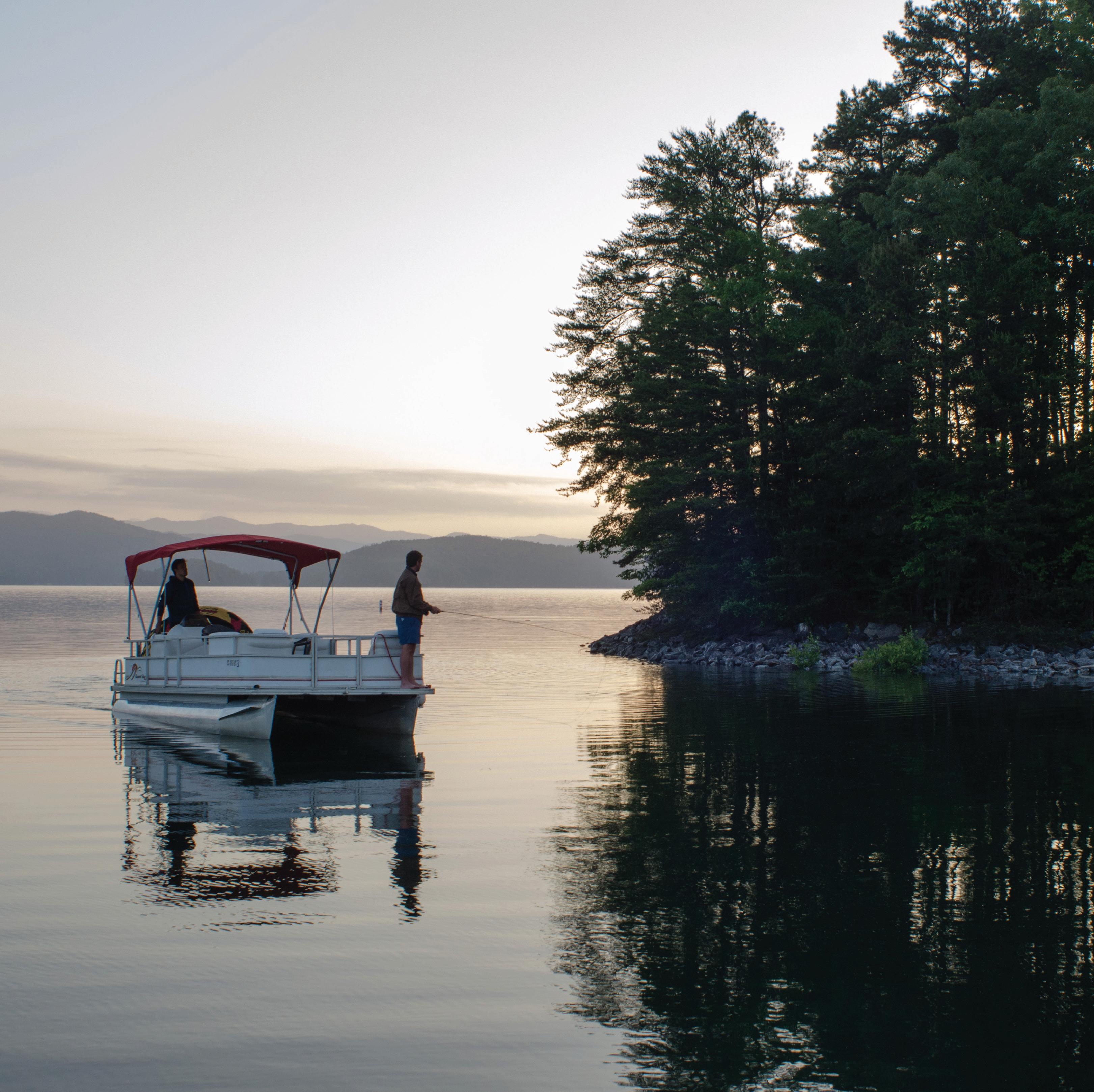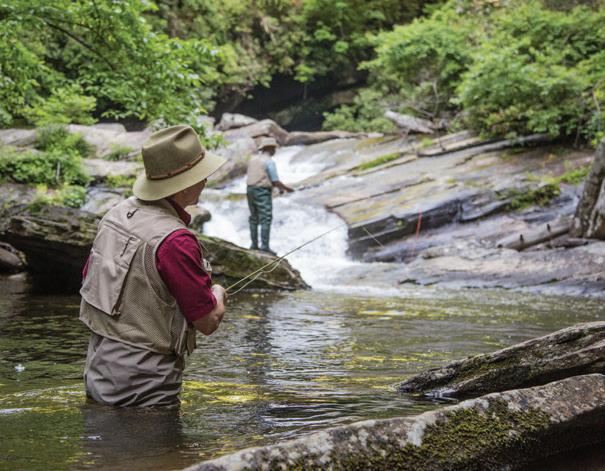
























































200-foot-deep structure.

Capt. Rick Croson, of Living Water Guide Service, showed Barefoot this bite for the rst time, and on that trip, they caught African pompano until they were tired of reeling them in as well as amberjack, dolphin and black n tuna. e widely accepted best way to catch African pompano is with a utter jig. However, Barefoot is never content with a tool or technique until he tries to nd a better way to do it.
“ ey are extremely susceptible to utter jigs, but the problem with those is the teaser assist hooks. We kept hooking them on the outside of the face with those wired stinger hooks,” he said. “With their thin, delicate skin, it’s tough to get a hook set. We were losing a lot of sh.”
e technique Barefoot settled on is to use his own 4-ounce Squid Decoy Jigs.
For most anglers, African pompano are welcome bycatch on bottom- shing trips for other species. But restrictive seasons on standard structure-oriented o shore species like grouper and snapper have made African pomps a primary target. In terms of gameness and quality as table fare, some might argue they belonged near the top of the list the whole time.
“ ey shut down grouper shing in January, and I’m not going to stop going o shore, so they’re the next likely candidate,” said Coastal Angler’s own Capt. Tim Barefoot. “ ey pull hard, they bite and they taste great. I’d put them
up in the top ve of my favorite sh to eat.”
African pompano school up on nearshore and o shore structure in late winter and early spring on the Atlantic and Gulf coasts. A couple of years ago, Barefoot was introduced to a ridiculously good bite for 15- to 45-pounders out of Wrightsville Beach, N.C., and what he learned might help you dial in the bite where you sh.
Cold water consolidates African Pompano to their comfort zone this time of year, and out of Wrightsville Beach anglers nd the magic 65- to 67-degree temps 45 to 60 miles out on 120- to
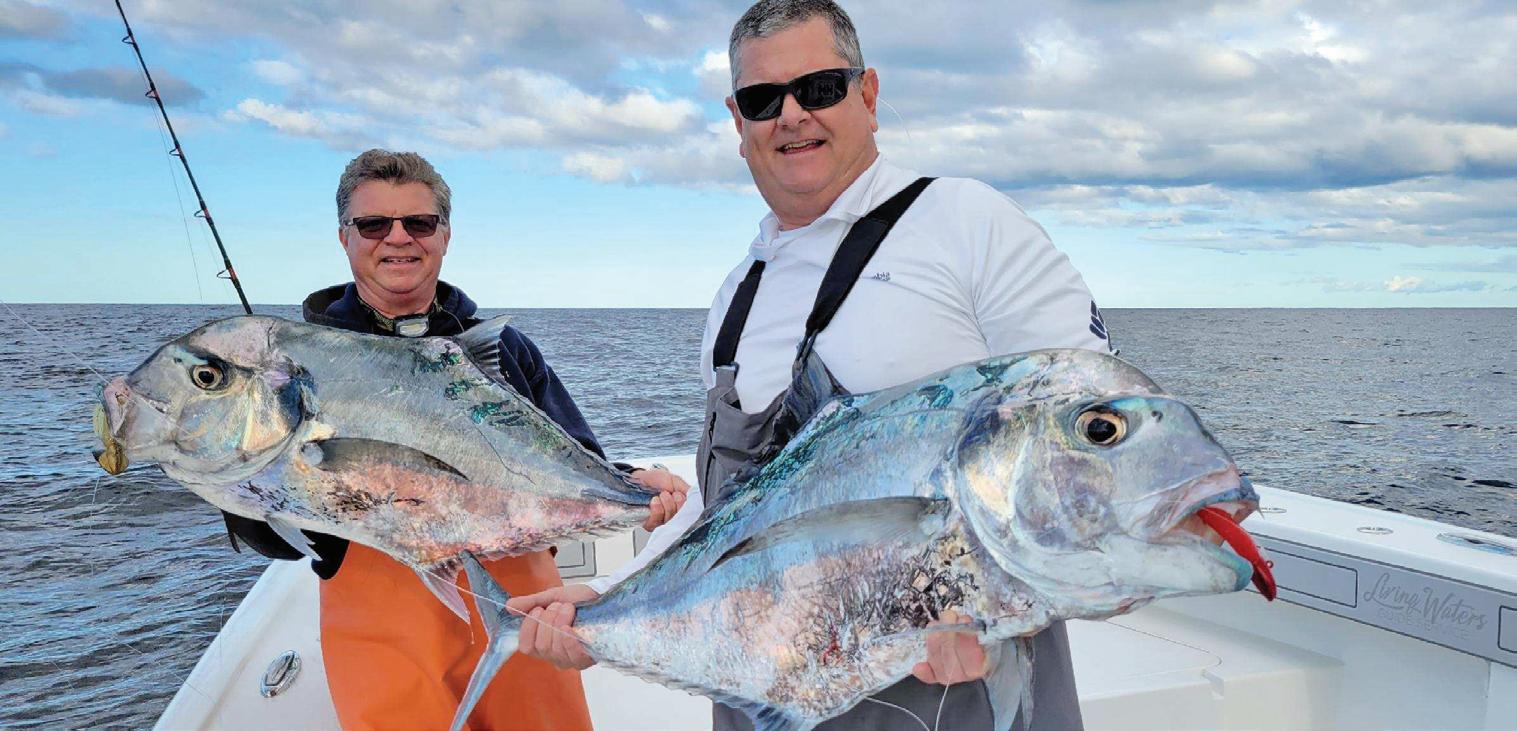
“African pompano are very close to the bottom,” he said. “We drop that squid down to the bottom and pull it up just a few feet. Sometimes you can just set it in the rod holder and wait for it to get slammed. Sometimes you might want to give some action, but don’t overdo it. Squid are their primary food source. When they see it, they’re not shopping… they’re buying.”
Barefoot uses 40-pound braid to an 80-pound uorocarbon leader. He ties on his jig with a loop knot. e thing about squid is sh always attack them from behind to disable their beak. Barefoot said sh take the squid jig deep, and the result is a solid hook set in the mouth.
Find Capt. Rick Croson at livingwatersoutdoor.com and check out the Squid Decoy Jig at barefootcatsandtackle.com.

With big trout on my mind, I hooked up the boat and headed to deep south Texas. An approaching cold front was going to shorten my trip to a single day, but I felt con dent it would be worth the 5-hour drive. As the cold front swept across north Texas, my anticipation was high as I headed south to warmer temperatures and extra hours before the frigid air and high-powered north wind turned a nice winter’s day into artic conditions. e morning greeted me with calm winds and dense fog, which is not typical south Texas

weather 14 hours prior to the strongest cold front of the year. e norm is 25 knots from the south or southeast with a storm of this magnitude on the doorstep.
I headed to my pre-determined location at a safe speed considering the conditions. I was in no hurry, as the prime bite was not until 10 a.m. e forecast was sunny, calm and 70 degrees for the day, followed by north at 35 knots and a low of 28 the next morning. I was certain the approaching weather would have the bite red up, and it did not disappoint. e sh didn’t feed on everything
I tied on, but once I homed in on what they wanted it was nonstop!
I pulled up to a favorite cove, positioned the boat well outside the prime area and quietly slipped into air-clear, knee-deep water of the grass at. I had a 5-inch paddletail ready at the end of my rod. A er covering the prime area with only one follow by a small red, it was time to change. I downsized to a 3.25-inch paddletail with a light purple back and a pearl belly. As I looked up a er rigging my lure, I spotted a huge trout about 5 yards in front of me. She was there for several seconds and then slowly disappeared. I knew she was aware of my presence even though she didn’t spook, and I didn’t have high hopes of catching her, but I did try. I was excited knowing my plan had me in the area of the trophy-size trout I was targeting.
I noticed nervous mullet about 40 yards away and slowly made my way in that direction. It was nonstop action on reds in the 26-inch range, and I caught one 3-pound trout. ese sh were a little deeper in thigh-deep, crystal-clear water over grass and potholes.
roughout the day, I tossed three sizes of similar body-style paddletails, all with built-in tail rattles. e smallest, a 3.25-inch lure, was the only one that caught sh. I used three di erent colors, so it was only the size that mattered on this day under pre-front conditions. Although I did not land the big trout I was targeting, I am satis ed that I was in the right place and will go back soon.
Capt. Michael Okruhlik is the inventor of Knockin Tail Lures®, and the owner of www.MyCoastOutdoors.com.

Some years ago, my girlfriend and I visited the Southwest town of Sedona. It’s a wonderful place. While jewelry stores, art galleries and upscale boutiques have crept into Sedona’s downtown, the air still maintains an electric charge. In one of these Sedona stores I acquired a Bowie knife that soon proved well worth the sticker price.
Disappearing into the stunning red rock formations that Sedona is known for, my girlfriend and I set out to hike Bell Rock, a butte just south of that famous desert town. We couldn’t have been happier.
Our happiness didn’t last long. Before we knew it, we stumbled upon a rather nasty diamondback rattlesnake. Acting quickly, I pulled my Bowie knife out of its holster and gave Mr. Snake a quick shave. We were lucky. Not only did my skill with a knife ensure our safety, but I had the makings for a new rattlesnake belt.



The next time something slithers too close, make sure you’re prepared with the Diamondback Bowie Knife. This 12" knife comes with a high quality 420 surgical grade stainless steel blade. The handle is made of genuine natural bone that’s been hand carved in the pattern of a diamondback. Completed with brass handguards, spacers and end cap and accessorized with a genuine leather tooled sheath, this is one blade a mamba won’t want to mambo with.








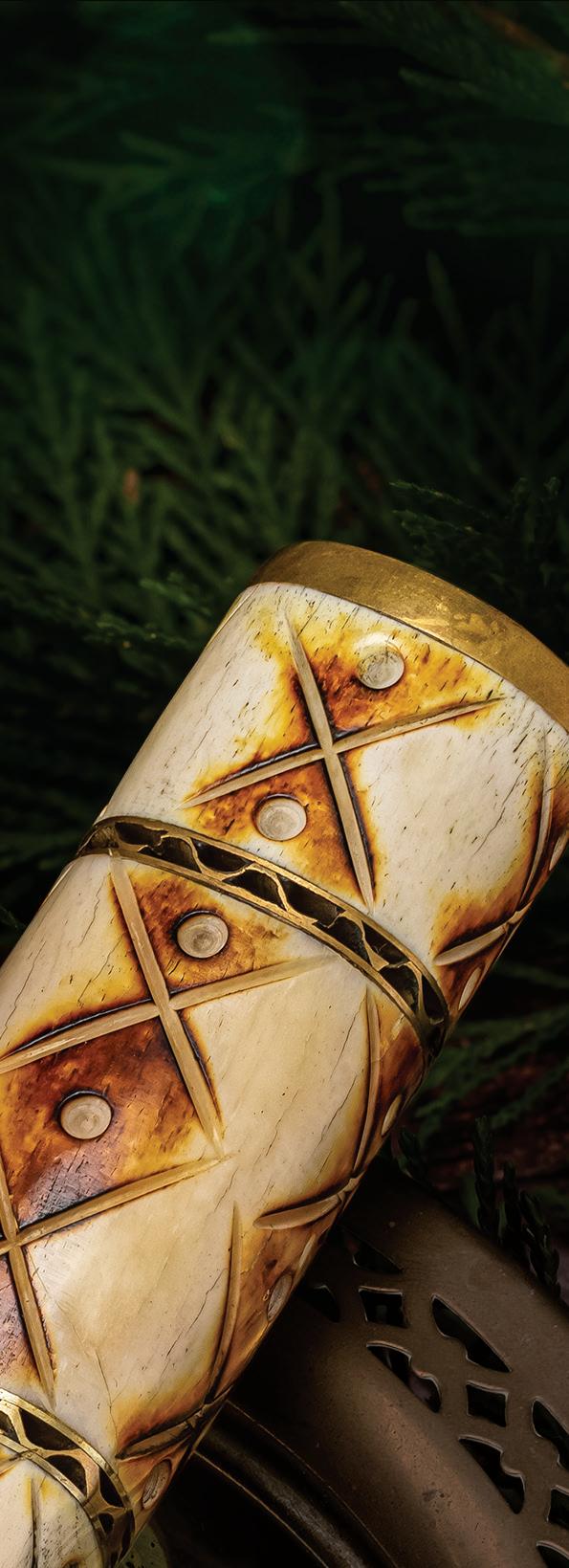
What’s more, while supplies last, we’ll include a pair of $99 8x21 power compact binoculars FREE when you purchase the Diamondback Bowie Knife. Simply put, this offer is an incredible bang for your buck. Act now: We only have 271 knives left for this ad! For your next adventure, don’t rely on some wimpy pocketknife to protect you from danger. Get the Diamondback Bowie Knife and come away with a story instead of becoming a snack.





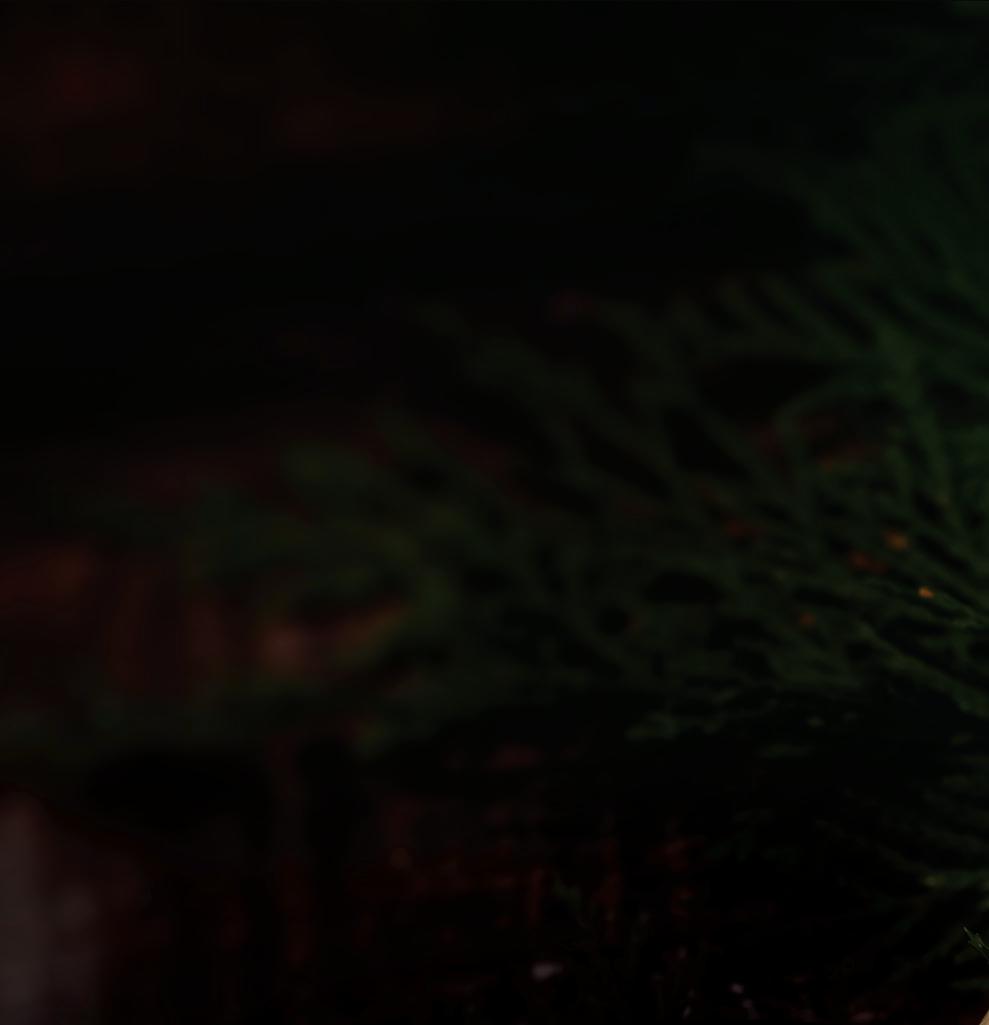

Asingle-handed y rod, which you might refer to as a “normal” y rod, is the tool of choice for most anglers seeking trout or other species on our inland rivers. But I’m here to tell you there’s a revolution building steam. Don’t be surprised when someone on your local river shows up wielding a two-handed spey rod. ese long rods are gaining popularity because they o er certain advantages.
For centuries, two-handed spey gear has been used only in pursuit of big anadromous sh such as salmon or steelhead on the huge coastal rivers of many continents. However, in the last decade or so, micro or trout spey rods have found their way into the hands of anglers. is smaller trout-sized spey gear opens the door for shing areas and for species that inhabit some of our beloved rivers and mediumsized streams.
If it lives in moving water, it can be caught with spey gear. Trout, of course, are the main quarry, but other sh such as smallmouth, spotted bass, largemouth, white bass and stripers are also fair game. Smaller-sized spey rods in 4-, 3-, or even 2-weight sizes are extremely e ective tools for reaching sh in big water with dicey wading areas.

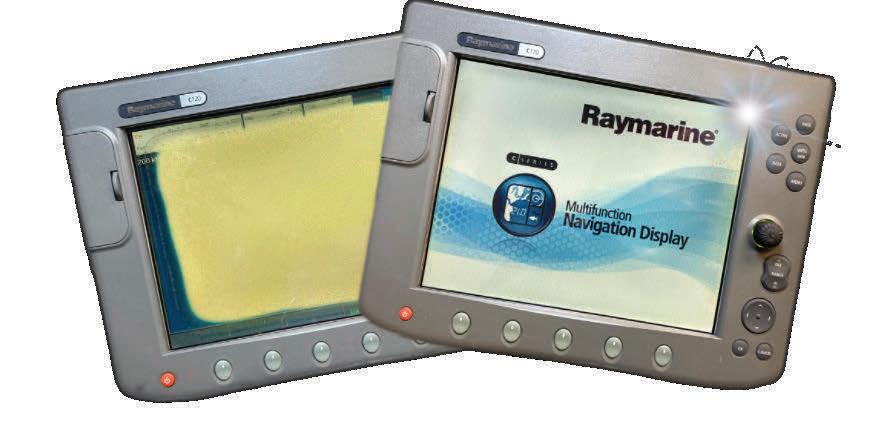

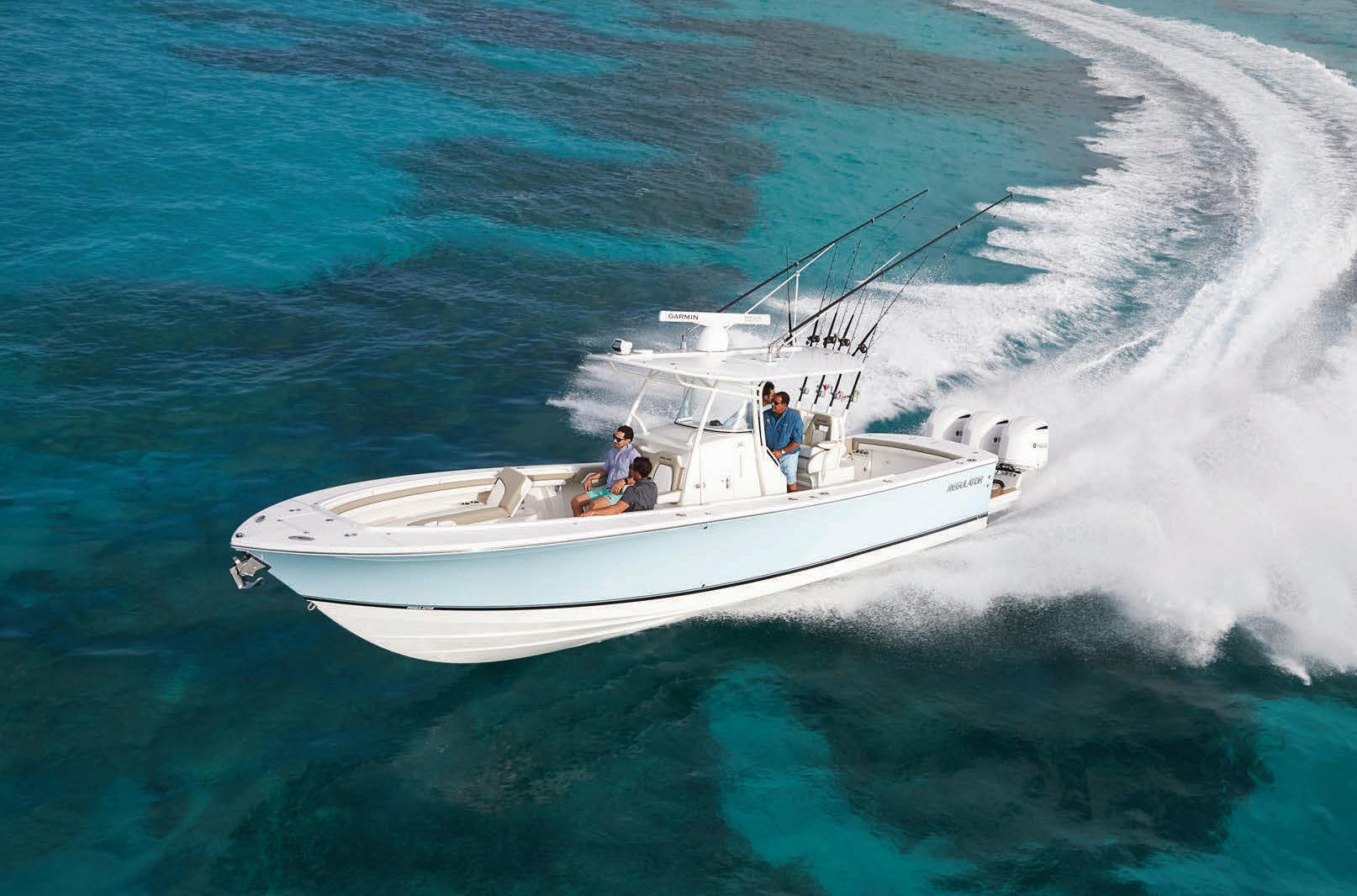

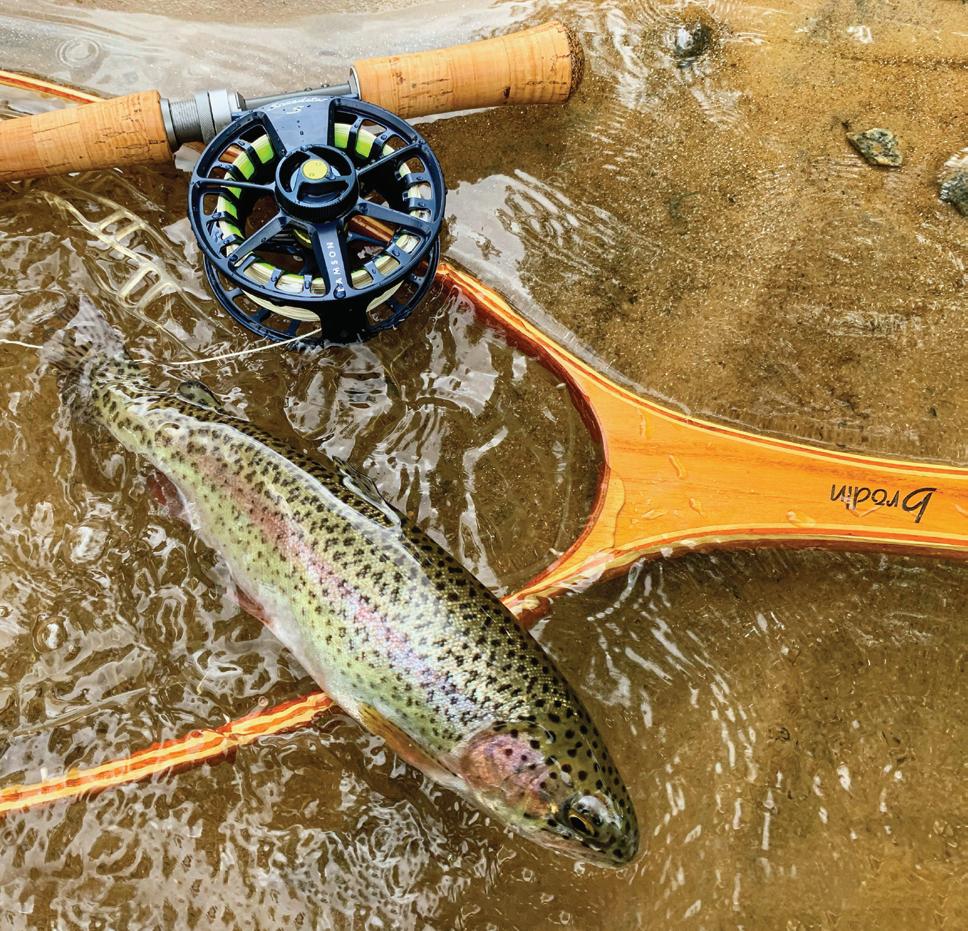
Besides being loads of fun to sh and cast, a spey rod is designed to launch ies into the next county with little or no back-cast room available. Most troutsized spey rods are less than 12 feet long, with longer rods up to 16 feet reserved for big steelhead or salmon. A 2-weight spey rod is similar to casting a 4- or 5-weight single-hand y rod. A 3-weight spey rod can handle ies in sizes that a 5- or 6-weight single-hand can cast, and so on.
Here’s the main advantage of two-handed gear: Easy casts of 70 or more
















feet can be launched from positions that are impossible with a single-hand y rod. Right now, the wheels in your head should be turning about places on your home river you have always wanted to run a y through but couldn’t reach.
Fishing is done down and across current to carefully swing ies through likely runs or holes, and the angler waits for the electric jolt of a trout or bass. Flies imitating bait sh, emerging insects, and even brightly colored Atlantic salmon or steelhead ies in smaller sizes are readily taken by sh. A well-tied y sweeping in front of a predator can draw a hunger reaction or a re ex strike in almost any condition.
Casting and shing micro spey gear is extremely fun and e ective. I hope you will join the trout spey revolution!




It’s hard to believe that it is already time for the 9th Annual Oconee Derby. The Derby is the brainchild of Captain Doug Nelms and his guide service BigFishHeads. Doug has been guiding here on Lake Oconee for over 20 years and this event has done a lot to bring the fishing community here together.

For those of you not familiar with this annual event, it is a tournament where the biggest fish (Striped Bass, Hybrid Striped Bass and Crappie) wins the weekly prize. The Derby runs for 8 weeks from February 18 – April 16th. Weeks 1-8 winners will receive $250 for each division won.
At the end of the 8 weeks the grand prizes for the two divisions (Striped Bass, Hybrid Bass) and Crappie range from 1st Place:
$2500 plus $250 Cook Cash, to 6th place $100. Also, there is a $1000 prize for the first Striper that is 21pounds or over and a $1000 prize for the first Crappie that is 2 pounds 5 ounces or over.
Registration begins on February 1st and the registration fee of 200.00 must be paid BEFORE opening day, February 18. You can go online to www.Oconeederby. com to register or in person at Sugar Creek Marina during business hours. Come and enjoy the fun and the 2023 Champions Dinner which will be held at The Sixty-Two, a beautiful luxury event venue in Madison GA!

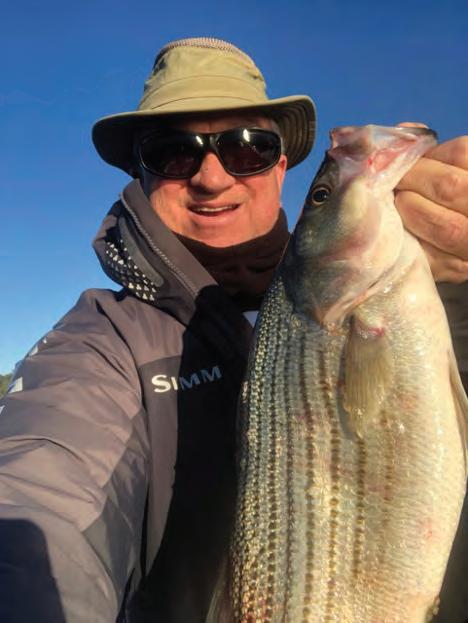

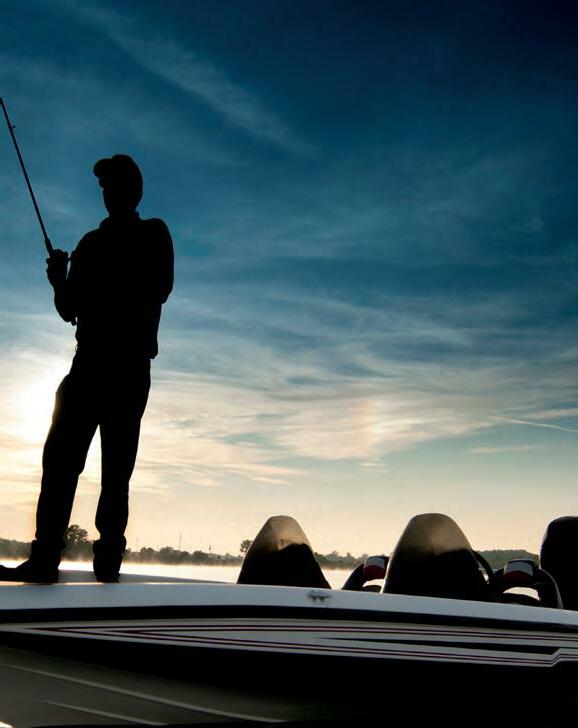

As of this writing (January 10th) we have a lot of stained water from above I-20 and down to the Long
Island ramp. Hybrids and Stripers do not like stained water, but if you can locate the line where the stained water meets cleared water you can do quite well. Also, the fish are concentrated in a smaller area where the water is clear.
The spoon bite will still be active through February, but I like to free line bass minnows behind the boat or add one or two #4 sinkers and troll slowly. Fishing near Great Waters, Riverbend and in the area near jumping rock should be good.
Pay close attention to the water temperature. If the surface temperature is 50 degrees or lower, I don’t fish for Hybrids or Stripers. Hybrids lock jaw in water below 50 degrees.

Many people think of crappie fishing at the end of March when they are spawning, but the crappie guides here love the prespawn. The fish will make their way up above I-20 and many anglers will be pushing multiple 14-to-16-foot rods out of the front of the boat. Typi-
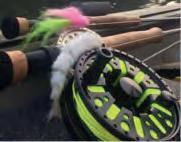
cally, the setup is 6lb test to a ½ ounce swivel sinker and a 14 to 18 inch, 6lb fluorocarbon leader to a 1/16-ounce Hal fly or Jiffy jig tipped with a minnow. You won’t catch as many as you might trolling but expect bigger fish.
Final Words
Please call 404-317-9556 or email me at wmoore1700@outlook. com and lock in your dates well ahead of time to ensure you get the dates you want. Remember to take a young person fishing when you go!!! Tight Lines, and God Bless.
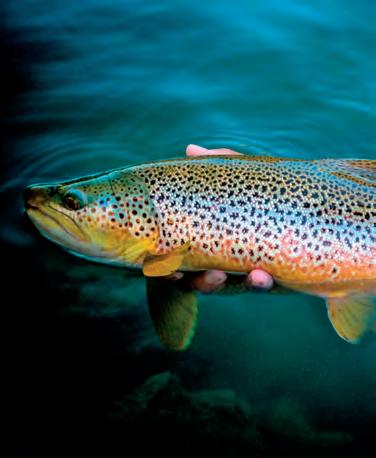




Fishing a streamer is very different than fishing a nymph rig or a dr y. Success comes in the little details. I will share some of the tactics for success when streamer fishing. What is a streamer? Generally, it is an imitation of a swimming aquatic bug or a fish. The key word is swimming. A sculpin imitation, wooly bugger, hellgrammite and game changer are streamers. Unlike a dry fly they are subsurface, and we make them move with our line hand and maybe a twitch of the rod. Dead drifting like you would a nymph or dry fly is not generally as effective.
Here are the key points for fishing streamers. The cast is going to be across and down, or very slightly upstream. Ideally not up stream, unless you just can’t get to that good looking spot up there and
want to drag a fly through it. We are trying to get the fly to swim by pulling on the line, or as it drifts downstream using the tension of the line to swing across. One cast that is helpful is the tuck cast. When you are fishing water that is swift or deep and you want to get the fly to sink, use a tuck cast. Combine a reach cast with the tuck and really do yourself a favor.
Now that you have made a tuck cast ‘across’ the stream, make a few mends, if necessary, but then drop your rod tip to the water. Yep, in the water. Any line out of the water is slack and we lose the feel of the strike. Water tension will help keep you in contact with the fly. With the rod tip in the water pointed at the fly, use short half inch, erratic strips to impart action to the fly. Short strips with a slight release of
a few inches of line or a pause will really give the fly some good action. I had a client catch fish at two different times in the same day when he was reeling in the line to change flies. The rapid movement of the rod and line gave that fly all kinds of action. I’m not suggesting that you reel in the line to get the action with the bouncing tip but keep that action in mind.
Let’s say that you made the tuck/ reach cast and mended to let the line sink a bit. After you make a few twitches on the line, you may get the strike. Use a strip strike and if the strike is a miss, let some line drift out, and work it back, it’s still in the zone. If the rod tip is raised and up off to the side, the fly will be pulled out of the zone
by quite a bit.
Like nymph fishing or dry fly fishing, streamers are just another way to fly fish. Nymphs and drys are cast up stream, drifted neutrally with a high rod tip and hook set. Streamers are fished across and down with a low rod tip and strip set. If you’re only accustomed to nymphs, it may take a few minutes to make the adjustment, but I think you will enjoy streamer fishing.
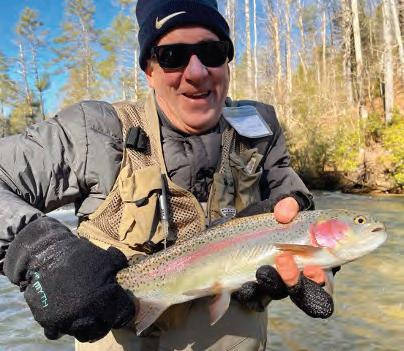

Winter is a great time to trout scout or find new sections of streams to fish before the warm days of spring arrive. Not having to deal with vegetation that covers your feet just enough to obscure your view of rattlesnakes, copper heads and my all-time favorite yellow jackets is a huge plus! Better weed free views of the creek can help you find new ways to get to the creek without cliff diving. The stifling humidity and heat of summer here in the Appalachians is not present and this can enable you to cover more ground and water without a heat stroke. There are literally thousands of miles of trout streams here in the south that can be accessed with a little shoe leather and this month is a great time to get out and find them. Areas that are less accessible can be more easily checked out to see if a return trip is worth it.

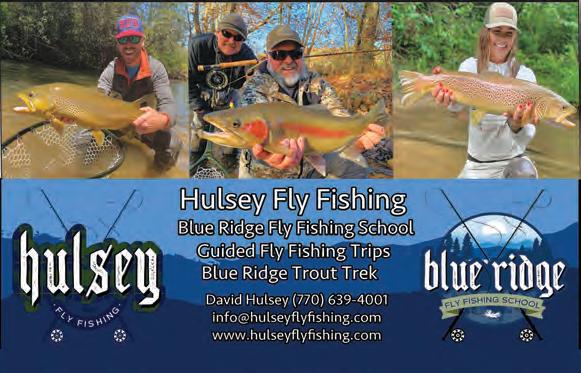
The cold ultra-clear water can also help you find big fish in those deep holes you normally can’t get a good look at. Less pressure, at this time of year, makes it more likely that old brown trout might be more out in




the open instead of tucked up under a big flat rock in six feet of water. I find a lot of big fish surprises in small streams, right now. Larger trout have figured out how to evade and stay out of sight of anglers or predators, but winter can make them let their guard down a little bit. Stalking a pool is much like big game hunting and can be just as rewarding. Carrying a small pair of binoculars is also beneficial on waters that require an up the hill view of the stream features and they can also help you distinguish better between a twenty - inch brown and a twenty - inch river sucker! Trails in the Smoky Mountains National Park follow the creeks for miles upstream and give you great views of the stream from an elevated position. The same can be said about the streams in the Chattahoochee National Forest in Georgia. When a pool inhabited by a larger fish is found or a section of stream that begs for a visit during the dry fly season, be sure to mark it on a map. Mental notes have a way to slip away from our old brains but an x on the map can always be found.

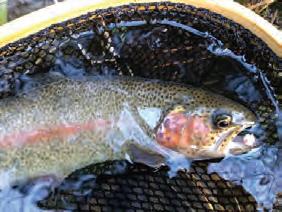

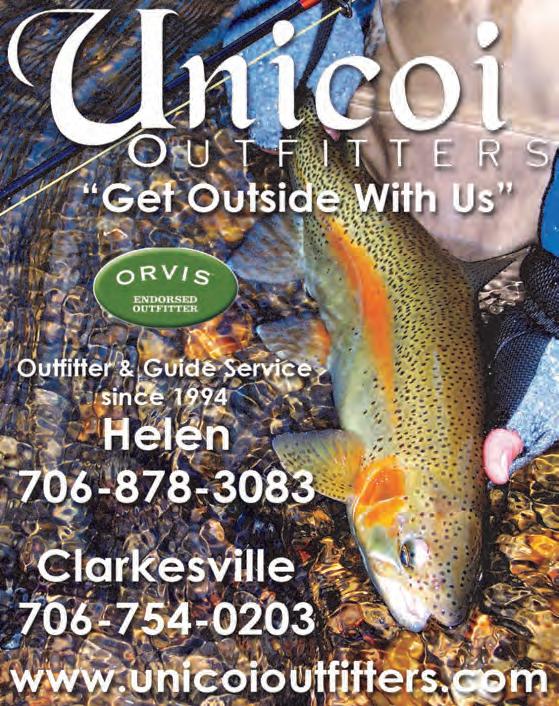

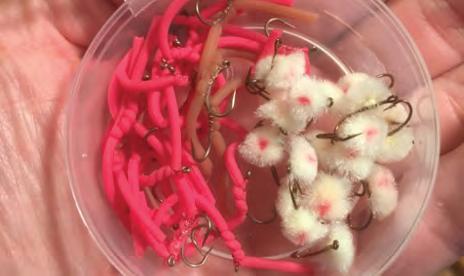
Winter weekend brunch, anyone? May I suggest some eggs? Egg patterns are one of Unicoi Outfitters’ favorite flies while dredging the winter depths for sluggish trout. They’re most effective for me during “egg season” from December through February. Once March rolls around, enough real nymphs drift in the currents to make their imitations (hare’s ears, pheasant tails, caddis pupae) more effective. But at this coldest time of year, bouncing an egg fly along graveled pool bottoms during the midday sun puts more fish in my net. Do you buy or tie? For buyers, there are many effective egg patterns in your local fly shop; just aim for light, soft colors like apricot or peach. For the tyers among you, we have a great recipe to share.
My Rabunite bunch (rabuntu. org) calls it the Oreck Easy Egg. The pattern was shown to me by the first young dude I mentored over 20 years ago. Daniel soon developed into a flyfishing machine and the Rabunites nicknamed him Oreck for his trout vacuuming skills. The 14-year old first saw that egg pattern on a TV show, tied it, and then fished it with me. It was a simple, easy trout killer. We nicknamed it the Oreck Easy Egg as a tribute to our young protégé. Oreck now resides near Denver and chases elk and cutts. He’s still a flyfishing vacuum and we still love his egg pattern.
Here’s his Easy Egg recipe from a page out of our Rabun TU cookbook. 1) Cut an inch-long strip of light-colored (apricot or peach) egg yarn. Split it lengthwise to make two eggs. 2) Lay one strand lengthwise
along the top of a #12 caddis hook and lash it down at strand midpoint. 3) Pick both ends of strand straight up and wind them together as the base of a parachute post. 4) Cut the yarn about 1/3 inch up from its base with an up-across-down motion of your scissors. The short para-post should now splay out like a mushroom. 5) Glue the thread base. 6) Pop a red dot on top of yarn with a sharpie and you’re done! Fish don’t know it’s just half an egg. 7) Tie a bunch and fish them deep on 4X or 5X tippet as your lead fly during egg season. 8) You can also drop a tiny pheasant tail nymph a foot off the back of the egg to pick off pickier fish, first attracted to that bright egg. 9) Share a few eggs with that fishless rookie standing next to you in the river.
May the Oreck Easy Egg cook up as many fishing memories for you as it has for us. Always remember to mentor a rookie, too. They just might end up teaching YOU a trick or two. Now go and enjoy your February brunch! We suggest the eggs, over easy. Call 706-878-3083 or swing by our Helen fly shop if you need more help with your trouting menu.



Winter fly fishing, in the Southeast, has been a roller coaster of events this season. Temperatures below freezing a few days, a day or two a week with heavy rains, a few Spring-like days, with plenty of warm sun, but no snowfall for South Carolina. For some, no snow is a blessing to the havoc nature creates here with snow. For others, we love the snowfall and the quiet stillness it brings streamside. We’ll have to see if Mother Nature will grace us with a little snow. February brings the same mixed bag of weather, with changing temperatures, and a wide variety of water conditions.
While temperatures hoover near the freezing mark for a few nights, water temperatures will be in the low forties. The use of heavy nymph dropper rigs, with small trailer flies will get flies down in the depths of the river quickly to find fish on the river bottoms. Small heavy steamers will also produce fish with dead-drift and slower retrievals. Fortunately, the weather does not consistently stay below freezing for very long, and milder days bless the riverside, along with the emergence of some hatching bugs. Although hatches can be sporadic, and trout apprehensive to rise to dry flies, there are some gorgeous, short sleeve, dry fly-fishing days. A good approach is to have a few dry flies, an array of emergers, numerous soft hackles, along with the various nymphs. On warmer days, having
a tandem nymph set up for early mornings is the way to go. Then transition, higher in the water column, as the sunlight warms the water to emerger patterns and soft hackles. Dead-drift and swinging the emergers and sot-hackles will produce good numbers of fish.
Dr y fly days may be limited, but never obsolete. Longer leaders, smooth casts, and long drifts will make a productive mid-day to afternoon. Be patient, do not rush, and watch for dimples or rings on the water’s surface. When you see this, it will be time to tie on the dry fly. Watch for bugs flying off the water, and a careful capture of one of these mayflies or caddis will be very helpful in choosing options for the fly to tie on. First, whether the bug is a caddis or mayfly, secondly the size and shape, and third, the color of the fly. Casting and drifting to rising fish, and a sign of refusals, tie on a smaller size of the same fly. If you continue to get further refusals from the trout, start swinging the emerger of the bug toward these fish, as they may not be eating the adults on the water’s surface.
February also brings the Atlanta Fly Fishing Show, and this brings a great time to see the new products we will be carrying in our shop. It is also a great place for learning great techniques and gathering information from a great wealth of knowledge in the industry. We hope to see everyone out on the rivers, and let’s all of us remember “leave no trace”, as we enjoy our time on the river.
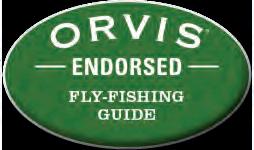






Late winter means groceries for trout! Most aquatic insects have a peaking life cycle that coincides with the spring season of abundance. Fly fishermen look forward to spring as the most common river insects like mayflies, caddis flies and stoneflies hatch at this time of year and the trout are more likely to eat dry flies that imitate the adult stage of these critters. In the winter, these
aquatic bugs are at their peak, premature stage, known as nymphs or larvae. February is a great time to flip some rocks and debris, that’s submerged on the streambed. You will be amazed at the densities and quantities of larvae. The river is like a well-stocked grocery store for a trout, so get your nymphs ready to dredge and dead-drift this winter, before the spring thaw!
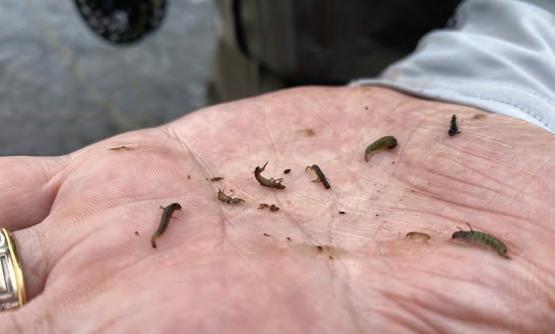
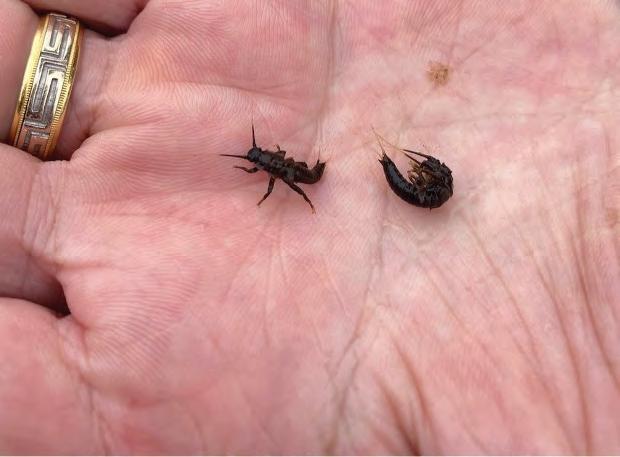
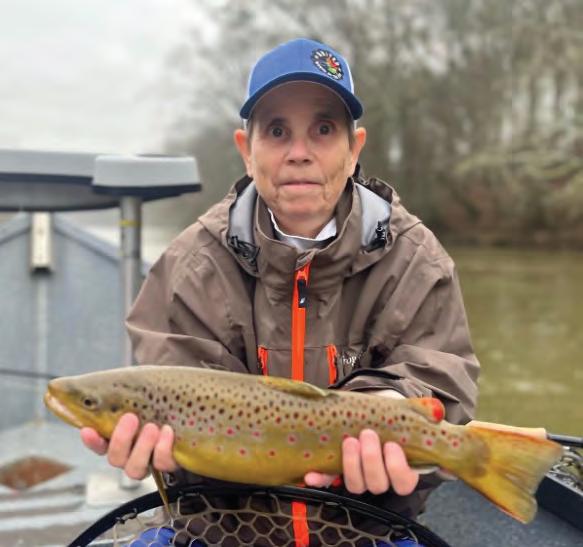







example, of what wintertime striper fishing produces on Lake Martin.
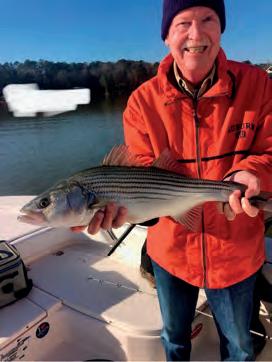
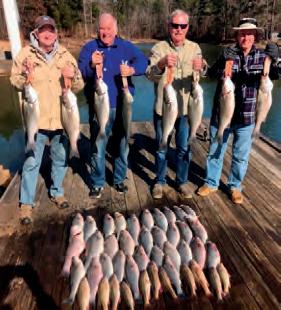

Moving on to February we should continue to catch more stripers than usual per trip. I think (I know) you’re going to see the healthiest fish you’ve seen here in a long time. With the abundance of bait that Lake Martin has for our stripers and other species of fish it’s no wonder that the fish are so fat and healthy.









Large catches are producing a lot of longer fish and of course the 18”21” length stripers are everywhere. February no doubt will be producing some 20-40 lb. bites and hook ups. It may not be the most consistent month for trophy size stripers, but it is the start of the consistency.


With our huge fleet of boats and guides, as you would expect, we fish several different techniques and ar-




eas of the lake. Some of our favorite and best producing ways are using live bait, however some of our guides catch their share trolling artificial baits, casting top water plugs and of course jigging deep with spoons and buck tail jigs.
If you would like to learn how to catch these amazing fighting stripers then give me a call we’d love to carry you out .








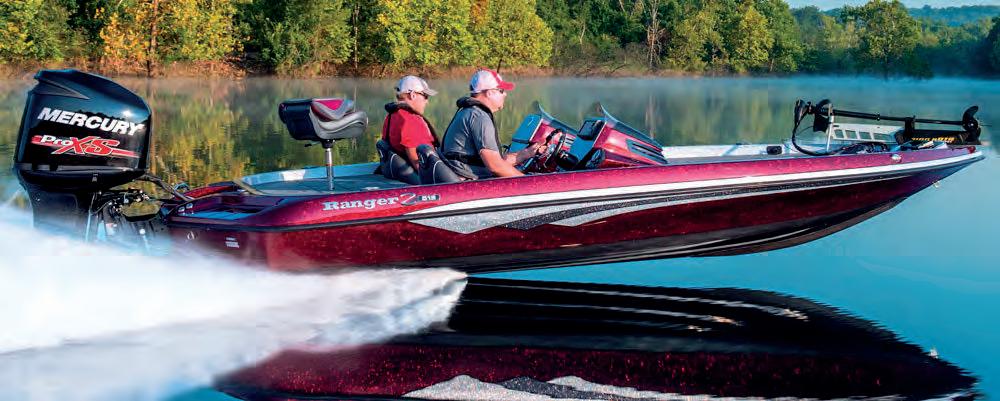 Dr. Andrew Cox
Dr. Andrew Cox
This month is one when many outdoor enthusiasts experience cabin fever. Typically in the South, we experience some of our coldest temperatures and inclement weather during January and February. Though some days will be suitable for fishing and can be quite productive with the right techniques, many of us spend a lot of time indoors.

This month is a good time to take stock of your fishing equipment and tackle inventory to determine what you might need for the upcoming fishing season. Now is a good time to inspect your equipment to make sure it is in good working order and to complete any equipment maintenance that may be required. You do not want to lose valuable fishing time or a trophy fish due to equipment failure, faulty line, or not having the right lures or tackle items when they are needed.
It is important to check the condition of your line on your reels. Are your reels filled to capacity with line that is not frayed, brittle, and will securely hold knots? With fly equipment, make sure that your floating fly line still floats and does not have cracks or abrasions. Sink tip and sinking fly lines should be in good condition. Do you have a good assortment of leaders and tippet material for use on your fly rods. Check the condition of your fishing reels to make sure they are in good working order and adequately lubricated. Rod guides and reels seats should be inspected to insure that
they are not bent or broken and will securely hold your reel in place.
You might also inspect all lures to insure that hooks are sharp and not bent or broken. Inspect hook split rings and line eyes on lures to make sure that they are intact and securely hold knots and hooks. You can use touch up paint on lures to improve their appearance and visibility. Take the time to clean your lures to restore their finish and color. Toothpaste and a toothbrush will work miracles on dirty lures. If you tie flies, now is a good month to restock your fly patterns or try your hand at tying some new patterns.

Go through your tackle box to check your assortment of lures and terminal tackle. Purchase needed hooks, sinkers/lead, swivels, floats, and specialty lures/baits that may be needed for specialty fishing that you may pursue in the upcoming months. Inventory and purchase any fishing gadgets that you may need to round out supplies for those fish species that you will be targeting this spring and summer. You can peruse fishing equipment and tackle websites and catalogs to develop a “wish list” of tackle items that you may desire to purchase during these upcoming months. Such a list could also be provided to friends, relatives, and significant persons in your life to serve as gift suggestions to purchase for special dates such as birthdays, anniversaries, and other special events.
Don’t forget about one of the
most important fishing tools that you have-your boat. Make sure that your electric trolling motor, depth/ fish finders, temperature gauge, anchoring, and other boat accessories are operational. Insure that your boat’s batteries are holding a charge with adequate power to operate your boat and its accessories. Inspect your boat’s steering to insure boat safety. Ascertain that required safety equipment is on board such as fire extinguishers, life preservers, anchor and anchor rope, and similar items. Most importantly, does the outboard motor crank and run as needed? What a disappointment to put your boat in the water and not be able to get it started. This can ruin a planned fishing trip. Each spring at area launching ramps, I observe boat operators that are unable to start their outboard motors thus changing their fishing plans for the day.
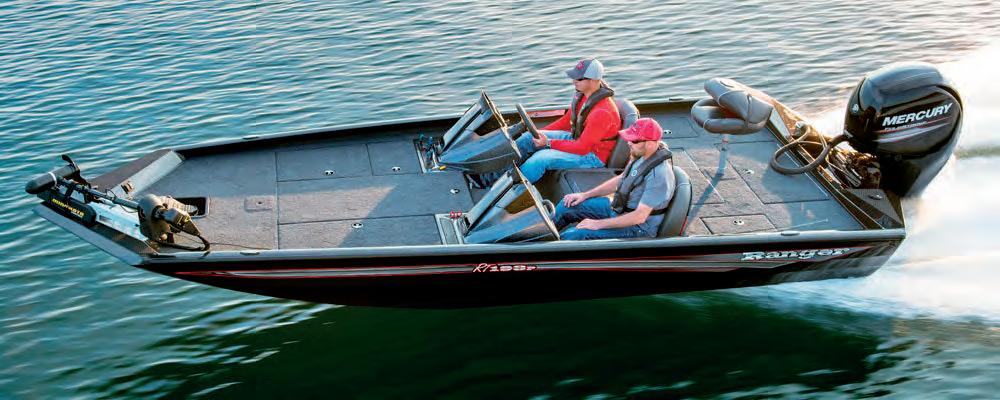
Making preparations this month are important preplanning activities for the upcoming prime fishing months. Having operational equipment, the right terminal tackle and lures can make the difference between an outstanding or a disastrous fishing excursion. Over the next three to four months, de-
pending upon the waters that you fish, you have a chance to catch a trophy fish of a lifetime. You would not want to lose that trophy due to faulty line, an inoperable reel or rod, faulty lure parts or terminal tackle, not having the right lure or bait at the right time, or a boat that cannot take you to your favorite fishing location.
Author’s Note:
Dr. Andrew Cox is a contributing writer to outdoor publications and newspapers. His writing interests specialize in angling and travel, human interest, and general fishing technique oriented topics. He is a member of the Georgia Outdoor Writer’s Association. He has been fishing the waters of Georgia, Alabama, and north Florida for over forty years. He has also fished the waters of most states within the United States, Canada, United Kingdom, New Zealand, Australia, and several Caribbean islands. He enjoys fresh and saltwater fishing for bass, bream, crappie, trout, redfish, and speckled trout using fly, baitcasting, and spinning equipment. Dr. Cox financially supports his fishing habits as Professor Emeritus at Troy University, Phenix City, Alabama. He may be contacted at andrewtrout@ aol.com.
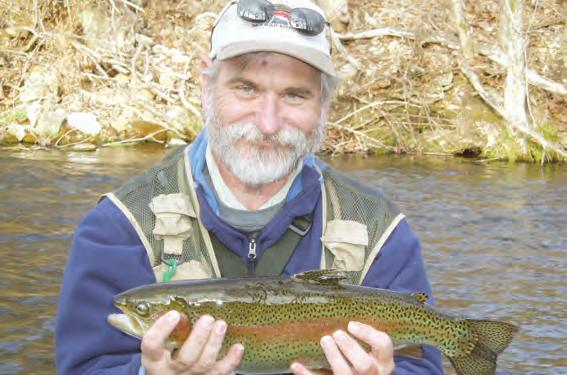





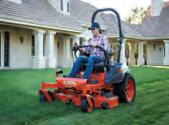

Forecast by: Clay Cunningham www.catchingnotfishing.com 770-630-2673
Striper fishing this winter has finally gotten into the deep bait pattern as it should be for this time of year. The cold snap at Christmas has finally pushed the bait into the creeks. We need some sun to warm the water for the bait to make a shift shallow. This may not happen until March, so stay with the deep downline unless we see unusually warm weather. Most of the bait has continued to be 50-80 feet deep. There have been a few fish shallow, that can be easy to catch, but not in big numbers.
Live herring and small trout have continued to be the best pattern over the deep bait. Herring have been the best bait all winter. Keep as many Shakespeare striper rods rigged as possible with Penn Fathom


Linecounter reels spooled with 15-pound Trilene Big Game. Rig several of these striper rods with downlines. The downline is more or less a Carolina rig for live bait. Tie on a 2-ounce Capt. Mack swivel sinker, a four-foot leader of Trilene 100% twelve-pound Flourocarbon and a size 1 Gamakatsu octopus hook for the herring. These hooks are tiny but incredibly strong. Great electronics like the Humminbird Solix will greatly increase your suc cess as well. You should be able to see your bait almost hit the fish on the head, with the electronics. Also, the down imaging of the Solix al lows you to see into the bait with more detail. Many times, you will see fish with down imaging that are hard to see with old school 2D.
If you want to use artificials, tie on a Berkley Fusion 3/8 white jig head tipped with a 2.8 Berkley Power Swimmer in Sight Flash or a Capt. Mack 3/8-ounce bucktail. Rig up a Penn Conflict 3000 with 10-pound Trilene Big Game on a



7-foot Medium Penn rod and you are ready for battle. If you prefer a baitcaster, match up an Abu Garcia Revo with an Abu Garcia Veritas 7’ medium casting rod. Do not use heavier than 10-pound line. A heavier line will decrease your casting distance. This pattern will be best once the bait moves to the back of the creeks. Right now, the key ingredient is the bait. If the bait is thick, the stripers will be there. Also note, February is the big
fish month of the year as the females begin to feel the urge of the Spring spawn. The metabolism of the big females will increase, and they will be looking for a meal. A few big fish have already shown up this winter, which we have not seen in several years. The stripers are rebounding from the parasite that hurt the big fish a few years ago. Gizzard Shad on free lines are finally a good option again. Time to pull some big bait soon.

Carters Lake is still fishing well for the middle of winter. The persistent rains and cold fronts have kept the pressure low and that’s always good for the ones who make it out. The walleye are schooled up and feeding in the dark, as walleye tend to do. If you’re fishing during daylight hours, the clouds and overcast conditions are your best friend. The fish are moving around, with the water conditions, so trying to find fish in decent water is key. After that how you target them is up to you. The spoon bite has been







steady. Smaller spoons fished right in their face, is the way to go. There’s been some good days trolling as well. Live bait is also a good option, but I tend to stay away from the trout, as the fish just don’t seem to like them as much. We’ve been catching fish from 45 to 75 feet deep. We are still catching fish in the 22-inch range, but we’ve seen a few upper 20inch fish recently.


The striper bite has been pretty good both morning and afternoon. We’ve been trolling for them using a variety of plastic jigs and umbrella rigs with good results. The bigger fish are feeding early or at night while the smaller fish can be caught throughout the day. Both were from 35 to 50 ft deep. Live bait is always good, fished in the 50ft range but live bait fishing can be on and off at Carters when it’s cold.
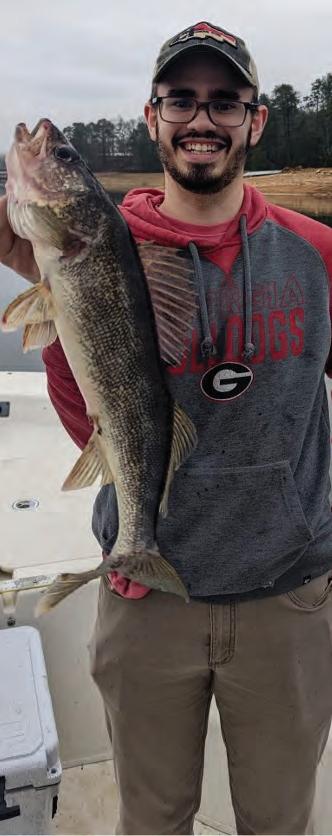























 By James K. Pressley, jameskpressley@gmail.com
By James K. Pressley, jameskpressley@gmail.com
One of the things I truly enjoy is fishing for spotted bass. I love this fish! They are tough fighters, aggressive eaters, and they love to hit topwater! With that combination they make themselves far more appealing to me, and many like me, than any other freshwater fish. A few weeks back Capt. Mack Farr called me and told me to block off a couple of days on my calendar in December and we would pick the best of the two regarding weather and go fishing. Of course, I said yes.
Now, I wouldn’t be truthful if I said I wasn’t extremely excited. This was a chance to fish with one of my childhood heroes. Now I’m not saying Mack is old… But he’s been guiding and a very recognizable figure in Georgia fishing and striper fishing as long as I can remember. As a child, I listened to Mack call in to O’Neal Outside on AM750 WSB every Saturday morning while going fishing or hunting with my dad and grandfathers. Later, I remember watching him and O’Neal on O’Neal’s show, fishing for stripers and spots, then later he had his own show. So yeah… I got a little fanboy thing going and got excited.
Well, Capt. Mack and I met up on a Monday morning at Balus Creek Boat Ramp up at Lake Lanier and both of us started talking about how pretty a day this was and how warm it was turning out to be. We should have stayed quiet because it got cold when a front pushed in midday. Now, the plan was simple. Fish ditches and roadbeds in deep water for spots and after catching a few start hunting stripers.
But this column is about the spots right now. Here’s some hints, places to look and tackle guides for you!
What to look for:
Deep water ditch fishing, at its root, is fishing roadbeds, ditches, any long depression in the lake that fish will stage in, hide in, feed in, and can be identified clearly with steep sides.
Time- In Lanier, from Decem-
ber thru March, this is a great pattern and will hold strong from water temps in the low 40s to mid50s.
Depth- The colder the water temps the deeper you need to look. On this day it was in the high 50s and we were fishing anywhere from 45 to 55 feet deep. But in lakes like Lanier, you can catch them in 80+ feet, in the coldest months.
Gear- This is truly important. This is a spinning rod deal. Med to med heavy and not that long. 6’8”7’0” rods are perfect. Okuma and St. Croix BassX are both great affordable rods.
Spinning reels in the 25-30 size are good to go. You want light weight and fast lock up. A good drag is extremely important because you are going to use a light line. If your reel hiccups or sticks when a bass is running game over bubba. Okuma Helios, Quantum Smoke, and Shimano Vanford are great options that don’t break the bank.
Line- Capt. Mack uses Sunline Fluorocarbon in the 10lb range.

Lures- Weedless Wonder Shakey heads from CaptMacks.com in 3/16 and 1/8 oz. In clear water lakes, such as Lanier and Hartwell, Roboworms are a great choice. On Oconee, I prefer Zoom Magnum trick worms. The size and colors are more visible in our far more stained waters. Finesse jigs, in the same size range and believe it or not SPOONS! HA!!! Yes indeed. In fact, I caught a nice spot with Mack on a spoon.
Fishing speed- This is a slow go, guys. The colder the water the slower you fish. Mack even recommends using the trolling motor to slowly drag the worm or jig. These fish are stuck under rocks, in cracks, under shelves. However, after you catch one or two the others will get aggressive a lot of the time.
Tips- If you take what we can learn from fishing a deep clear lake like Lanier and apply it to Sinclair or Oconee you will see trends appear. These trends though need a good map to decipher. Your electronics are going to play in here.

On Oconee and Sinclair, we don’t have a ton of roadbeds, so look for tight contour lines on your maps that are in water deeper than 20’ and that taper out towards deeper water and main lake channels. Use colors appropriate to our darker water. I like Junebug, various forms of Green Pumpkin and even mud bug bi-color options.
Folks, this is an awesome way to fish, and I had a blast with Mack. We caught a good many and ended the day with a 5 fish limit that would have gone 1516 lbs. We never found a 5lb spot that day, but I’ve caught a ton on Lanier that size. They are there. And if you are fishing a tournament… You had better find them, or you will be on the outside of the money, crying.

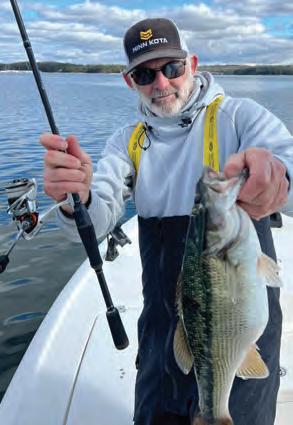

669-4973 lakeandstreamguideservice@gmail.com
Level -20ft, Temp 45 degrees, Clarity 7ft
Brrrrr, it’s cold, but there’s been a great bite up here that’s been worth braving the weather for. The fish have been packing on the pounds for the last few weeks preparing for winter. We’ve had a good walleye bite on live bait and spoons this month which should continue until the fish start

to stage for the spawn. The main lake points have been holding good fish that are willing to eat, usually on schedule, right before sunrise. There’s been good fish around point 6 holding in deep structure and trees.
The bass have been down right showing off the last couple weeks and anyone who has fished for them during this time will agree it was awesome. Jerk baits, crank baits, spoons, and even top water. Big schools of fish chasing bait in 10 to 30 feet of water, just after sunrise, has been the typical pattern.
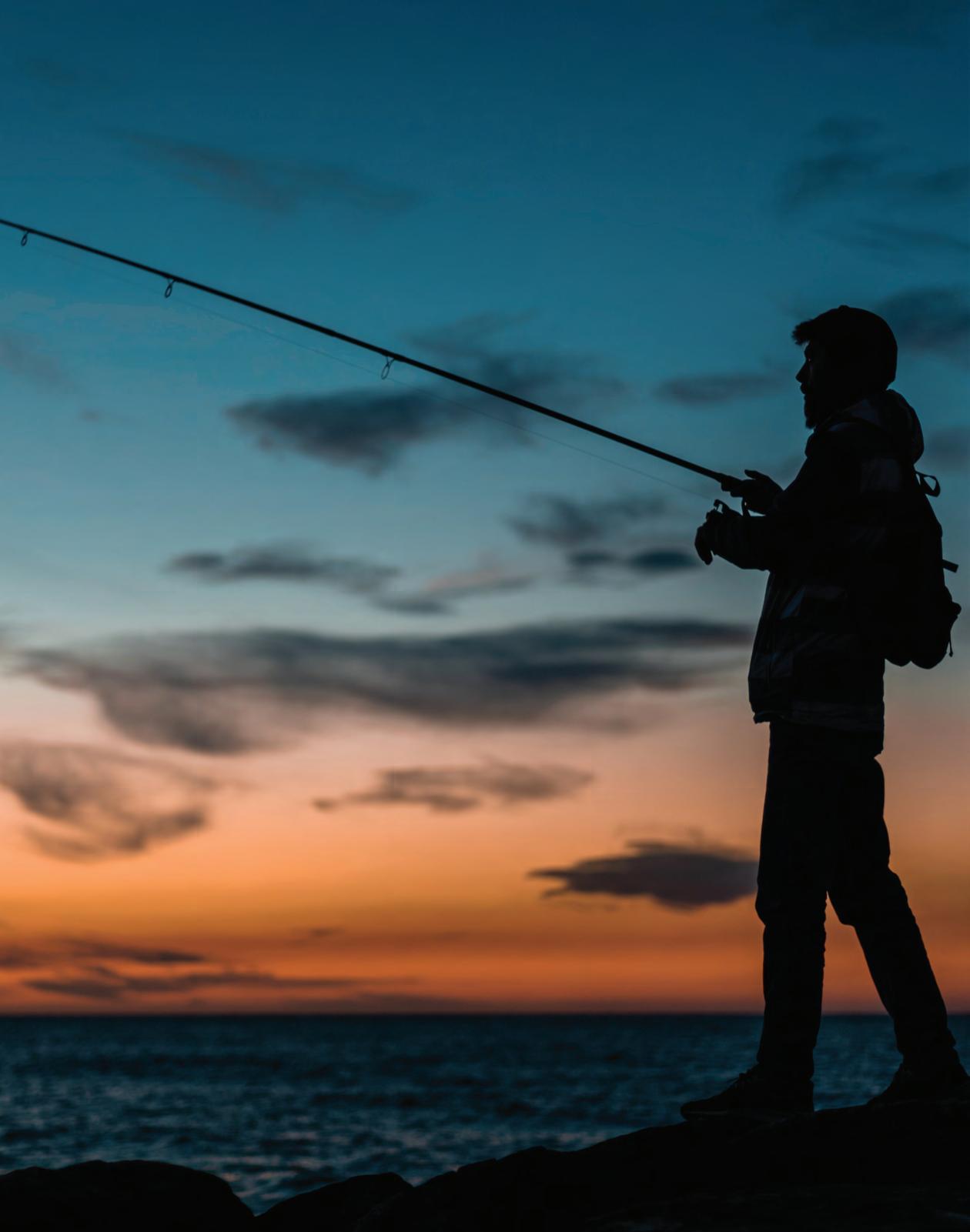

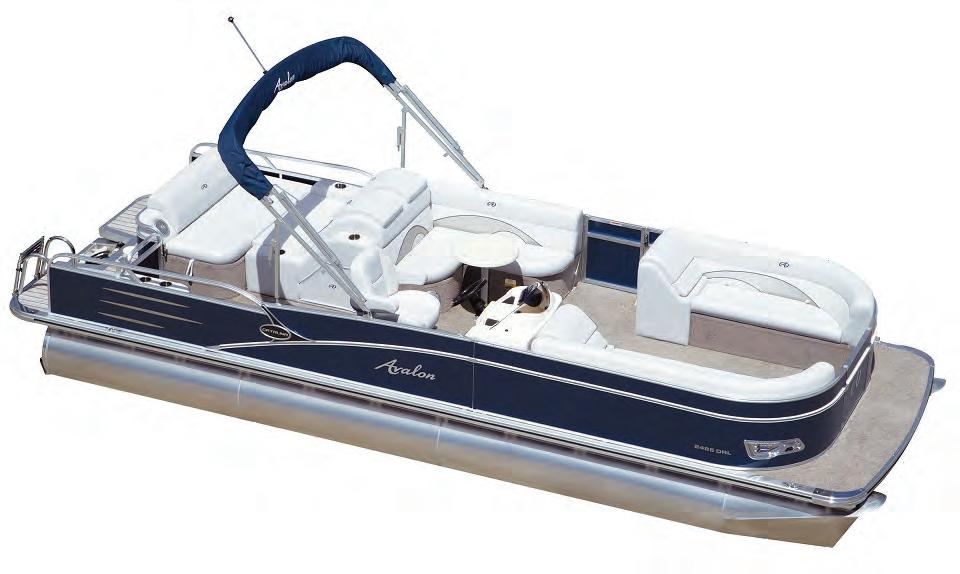

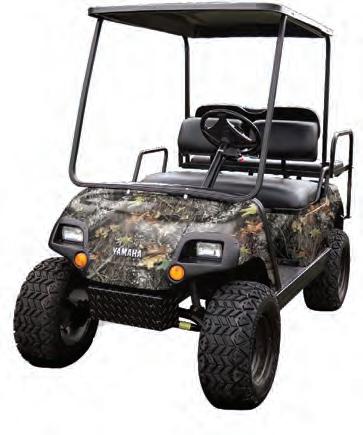
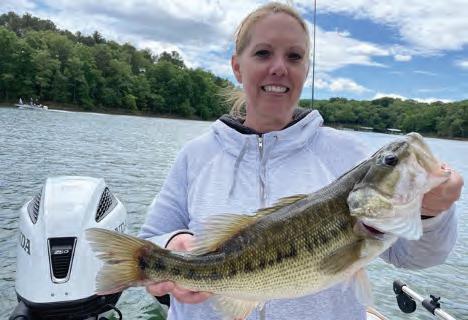



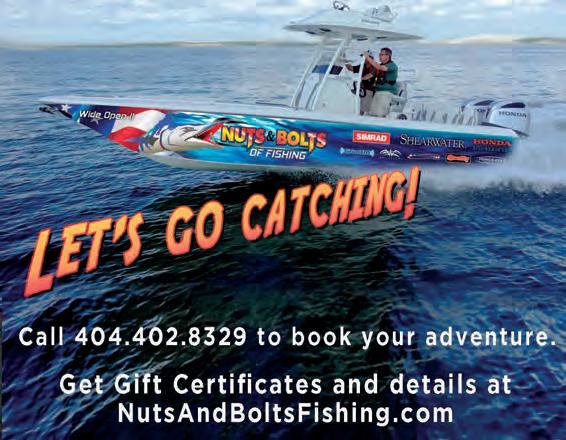

Yeah, I know...Halloween was several months ago. But the title is still fitting for us anglers. “Fishing” really isn’t the best definition for what us anglers like to do. Fishing implies that you’re attempting to catch a fish. Doing whatever you can to convince a cold-blooded, instinct-driven critter to latch on to the contraption that’s on the end of your line.
For the vast majority of us anglers...we would rather go “Catching”. With each trip to the water, the objective is to trick our quarry into taking the bait, so to speak.
There are literally thousands of artificial lures on the market designed to trick fish into biting. And quite frankly, all of them will catch fish. It just depends on the day, how you present it, and of course, how hungry the fish are. Hard baits, like crankbaits, spinnerbaits, jigs, spoons, and plugs get their action on the retrieve. Soft baits like flukes, worms, grubs, and trailer tails can undulate and move like the real thing. Again, the angler provides the action, even if it’s simply gently bouncing it across the bottom.
On the other hand, there’s the ‘treat’ part of the equation. This usually involves a natural bait that is alive or is derived from something that was alive at some point. This category includes everything from crickets to worms to baitfish to chunks of hot dogs. The idea is you’re presenting a tasty morsel that’s already on the fish’s diet. Well, maybe not hot dogs. In this case, you select a location where you hope game fish live...fire a live bait down...and wait for the bite. Grouper and snapper anglers know this to be one of the best methods for bringing home dinner.
Then there’s what I call the ‘combo bait’. And this can be one of the most effective fish-catching techniques ever conceived. It involves the use of both artificial and natural baits. The most obvious (and one of the most productive) applications include using a weighted jig tipped with a live
bait or cut natural bait. For example, a 1/4 oz WhoopAss Bucktail jig, tipped with a live shrimp is responsible for catching more speckled trout than anything else on the planet. A cigar minnow rigged behind a squid skirt and trolled offshore will catch everything from dolphin to billfish. B oth are excellent all-purpose rigs because if you get a short strike which mangles or removes your natural bait...you still have the action and attraction of the bucktail to make the fish come back for a second taste.
And of course, the other treat... equally effective...is the line-up of scented plastics. The scent typically comes from something ‘natural’...menhaden oil, garlic, cheese or even pheromones. The scent is infused into the lure. Project-X soft plastics are designed to imitate and taste like prey that’s naturally on the menu.
So, the question is do you provide the ‘trick’ or the ‘treat’? Ask most people who go ‘catching’ and they’ll tell you they are prepared with both. Artificial lures are an excellent search tool, because you can make repeated, quick casts and cover a lot of water without constantly having to change out tender (and expensive) live baits. Once you locate the fish, you can switch over to feeding them treats and usually put a lot more fish in the boat.
Finally, there will be times when the bite simply stops. You’ve been feeding them juicy live baits and suddenly, they get lockjaw. Maybe the fish are full, or maybe they have become super-selective. Now you must change from “treat” back to “trick”. A great way to reignite the bite is to totally change up what you’re using. And make the change-up radical, basically go in the opposite direction of what had been working. Try trolling over the area with a big diving plug, or size down to a very small jig. There’s always the possibility that all the commotion from ‘catching’ has spooked the fish, so try another area for an hour or
two, and then come back to your honey hole to finish out the day.
At the end of the day, you’ll have to make the decision...”Trick” or “Treat”. But that’s part of the challenge...and part of the fun. So, get out there and go do some ‘catching’. feeding them juicy live baits and suddenly, they get lockjaw. Maybe the fish are full, or maybe they have become superselective. Now you must change from “treat” back to “trick”. A great way to re-ignite the bite is to totally change up what you’re using. And make the change-up rad-
ical, basically go in the opposite direction of what had been working. Try trolling over the area with a big diving plug, or size down to a very small jig. There’s always the possibility that all the commotion from ‘catching’ has spooked the fish, so try another area for an hour or two, and then come back to your honey hole to finish out the day.
At the end of the day, you’ll have to make the decision...”Trick” or “Treat”. But that’s part of the challenge...and part of the fun. So, get out there and go do some ‘catching’.
Lake Nottely: Lake Level _13.5 ft_ below full pool. Temp: 46-49 degrees ,Clarity: Clear, slight stain upriver There’s no place like Nottely at 7 am on a chilly morning watching the sun peek over the mountains. Most of the time you have it all to yourself! While some of us are still slow to get out of bed this time of year, the fish are chomping at the bit to bulk up. February can be feast or famine depending on the day, but a common pattern emerges when chasing the elusive largemouth. On sunny days, some of the biggest fish will move up to soak in the heat. They are already looking ahead to the spring spawn. To target these fish, I love putting the trolling motor on high and cranking a Spro RK crawler or similar medium crankbait. This time of year, I start to transition to the browns and


reds instead of the shad colors. Transition banks at the ends of the bluffs tend to hold fish. This is where deep water meets a shallower stretch of bank. Clay points outside of typical spawning areas are also potential trophy catch places. The red clay heats up at a faster rate than the rock, but the rock holds heat longer. When the going gets tough, slow down on these same areas with a jig or tube. About half of the population of bass will still be deep. Ditches that have sharp edges and rock, from 20-40 feet, are usually safe bets. Most of this fishing is vertical, so a ⅜ oz spoon and drop shot come in handy. I like using a smaller worm on the drop shot when they get finicky, such as a 4.5-inch roboworm. February can be an incredible month to be on Nottely, so get out there!



Between the fish, sounds of birds, the glimpse of deer, and the inspiring mountain scenery, you will not regret it! #Godsgotthis





The early pre-spawn on Lake Lanier can be a fantastic time to catch a huge spotted or largemouth bass. The fish have been lethargic due to the colder water, and biologically, they are triggered to begin feeding in preparation for the arduous spawning process that will soon follow. Typically, the largemouth females emerge from the deeper water first. What triggers this move to shallower water? Where will these big fish emerge? How do you catch them? These are all excellent questions and the answers to which we will explore in detail in this month’s article.
Optimal Conditions. The biggest factor in the bass beginning their trek shallower is the steady lengthening of daylight we experience as the calendar progresses forward. The longer days are nature’s signal to the bass that it is time to start focusing on the reproduction cycle. This integral need will also trigger a feeding urge. Ideally, from a weather standpoint, look for a 3 or 4-day period of stable weather accompanied by a warming trend. The trend upward in temperature does not have to be huge, just a degree or two in surface temperature can make the difference and trigger the fish to move shallower. Once the warming trend begins, the fish will move shallower to feed in waves.
Location. Fish travel much like we do – on “highways”. Fish highways include areas like the main river channel, creek channels, and ditches within or near those channels. The bait and fish move methodically along these paths and look for cover to which they can relate for food, protection, and often in the case of the bass, ambush opportunity. Understand that fish are not going to randomly appear. They travel these “highways” as we have discussed and seek likely stopping points along the way.
1. Creeks-As I pursue the ditches and channels, within the creek, near areas that I have been catching fish, I look for likely stopping points; a sec-
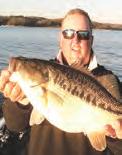

ondary point with deep water close by, for example. Other viable locations include deep pockets with a small flat or ledge near the point of entry, small bays, or “guts” that receive all day sun and are located right next to the creek or river channel. Boat docks located over or near a channel bend or creek channel ditch in deeper water can be excellent choices too, particularly if the area in which the dock is located receives all-day sun. Also, focus on pockets that are protected from the North wind, northern pockets.
2. Main-Lake-The main body of water can also be an excellent location to target early pre-spawn bass. When fishing the main lake during the early pre-spawn period, I like to focus on points and humps that are near the main river channel and offer sharp contour breaks (drains). These provide ease of access to feeding flats or ledges within these areas from deep water. Obviously, cover in these areas will provide an ambush spot for these pre-spawn monsters, so a well-placed brush pile can improve your results!
Lures and Presentation. Now that we have explored the timing and areas of pursuit of early pre-spawn bass, let’s examine some possible lure choices and techniques to catch these fish.
In selecting and working a lure, remember that the water temperatures are still traditionally cold during the early pre-spawn period and therefore the fish’s metabolism is reduced. The fish will move slower, and so should your lure presentation. As far as lure colors are concerned, I tend to stick with natural colors in the spring as I do all year-long. Green, brown, and white are generally found somewhere in the lures I am utilizing in the spring. If you are not getting a bite, switch colors or lure type.
1. Jerkbait – One of my favorite early spring lures. These lures mimic expiring bait fish and represent an easy meal for lethargic bass. I prefer a deeper-diving model such as the Berkley Stunna in early spring. Work
these lures in the areas mentioned above with a very slow cadence. Offer small twitches or short pulls of the jerk bait followed by LONG pauses. Vary your cadence until you find the right combination; let the fish tell you the way they want it and stick with that retrieve.
2. GA Blade Shad Spin – This can be a very productive lure in the early pre-spawn period as well as throughout the spawn and into post-spawn. Work the lure by slow rolling the bait in the likely areas we have discussed. In most cases, maintaining contact with the bottom is important. I prefer a boot-tail trailer this time of year. It imparts more vibration in the lure and allows you to work the lure more slowly.
3. Crankbait – The Rapala Shad Raps are great choices in the early spring. If the fish are not shallow on the flats and I am unable to get bites with the shallow-running models, I will switch to a medium depth crankbait, such as one of the Berkley Flicker Shad Medium Divers. If this fails, I will probe the deeper depths on
the ends of flats, points, and humps with a deep runner, such as a Berkley Dredger or Berkley Badger. Work these baits slowly and attempt to deflect the bait off cover or the bottom as much as possible.

4. Worm/jig – When all else fails and when the fish are bottom-locked, do not ignore the GA Blade Jig-Head/ worm combo as well as the Georgia Jig. Drag these baits in likely areas very slowly, imparting periods of motionlessness on the bait. Often bites will occur this time of year when you are simply allowing the bait to remain still following a slow drag or slight hop.
Early pre-spawn is a great time of year to fish. Often, this is the time when you are most likely to catch the bass of your life! Get out there and fish! See you on the water! Jimbo Jimbo is a Full-Time, Year-Round Spotted Bass Guide on Lake Lanier. Contact him today to book a trip!






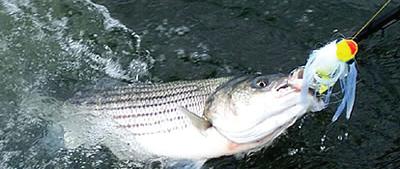

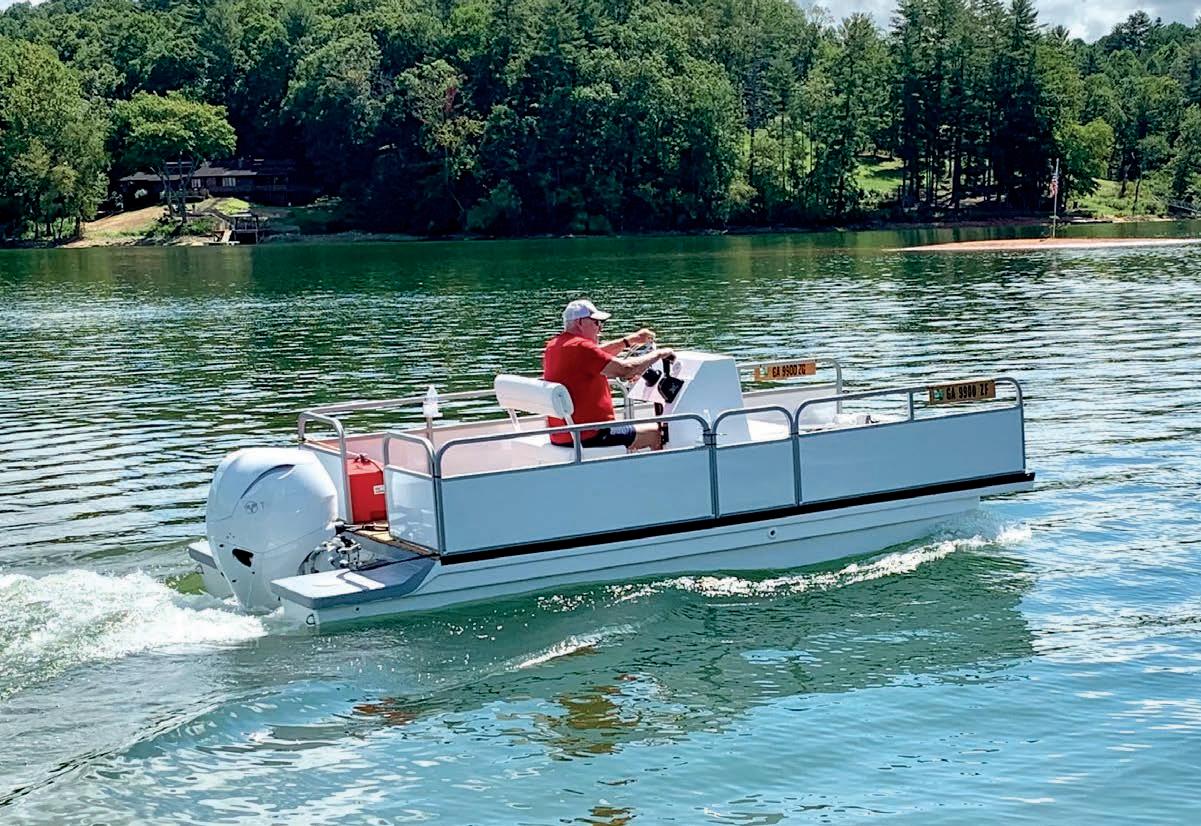



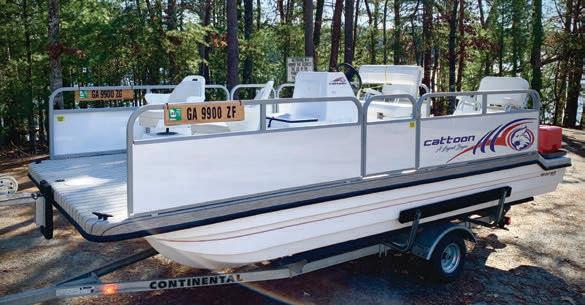
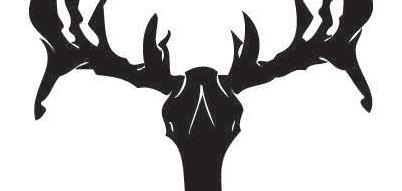













BASS: FAIR ----Things are beginning to pick up a bit as the weather improves in February. The shallow bite for bass is fair right now, but should improve quickly in February, especially with warm rain and extended warming trend. Stained water, higher than normal lake levels and water temps in the low 60’s will turn things on quickly. Baits, such as crawdad Shad Raps, Rat’l Traps and Chatterbaits will produce on these shallower fish. Try to fish these baits in coves and pockets with small feeder creeks or around schools of baitfish. Keep a jig or Shakey head handy to pitch around any wood cover. Fishing riprap can also produce good results this time of year. The rocks warm quickly and retain heat which draws in the fish. Some trophy size fish are always caught in
February!!! --- ON THE OTHER HAND, a snow or ice storm in February could shut the bite down completely! Water temps in the 30’s and 40’s make it super tough. If the lake stays cold and clear, go deep! Big schools of spots mixed with hybrids, white bass and stripers can still be caught on jigging spoons and dropshot rigs and Shakey head rigs on humps and drop offs. Target deeper offshore structures like brush piles and old roadbeds in 20-30 feet of water near the mouth of most major creeks for the best results.
LINESIDES: GOOD --- The down line bite with shad or bass shiners has improved as the water has cooled off, and in most years, stays good all winter. Most of the fish seem to be 25 to 40 feet deep, except for those rare days when they are schooling on the surface. ----- Expect the topwater fishing to be very sporadic. It’s usually best very early and very late, or on overcast or rainy days. Gulls and
Loons are here now, which makes it easier to pinpoint schooling stripers and hybrids. Keep your eyes open! The popping cork rig has still been working on schooling 1- to 3-lb. fish with an occasional bigger one mixed in.-- A big Red Fin or a big Swimbait won’t get many bites but could produce a 20lb fish on any cast. --- A 3/8 or 1/2-oz. white Rooster Tail, a chrome C.C. Spoon and several other small shad imitators have also been producing, and the colder it gets the better the deep fishing usually is (within reason of course). In cold water a bucktail jig becomes very effective as well. Trolling with mid-depth crankbaits and Flash Mob Jr. rigs also continues to produce some linesides. ----The mouths of most creeks anywhere south of the Highland Marina area all the way to the dam and Maple Creek have been holding fish. - A few fish are usually beginning to make the river run up the Hooch in late February as well. They can be caught in the mouths of most of the creeks, especially if we have an early spring. Try cut bait in water temps below 60 degrees.
CRAPPIE: GOOD - In most years a warm - lake staining rain in February will set the crappie

bite on fire. Fishing with minnows or jigs 3-4 feet under a float will catch them when they decide to move up. Bank fishing can be just as good as fishing from a boat! Other techniques will work as well. Try tight line fishing with minnows or a 1/16-oz. or 1/8 jig around bridge pilings, brush piles, and blowdowns in 15 to 20 feet of water. Concentrate on trees and brush that are close to the old creek channels. Pitching or shooting deep water docks with small tubes or feather jigs around or under the docks can still produce this time of year. As usual, crappie seem to love shade and cover. Yellow Jacket, Wehadkee & Whitewater creeks are still producing some crappie. Spider trolling usually works well in February and can be very effective. If January turns unusually warm and wet, the crappie can show back up surprisingly shallow and very quickly!

NOW IS THE TIME! Book your trip with me for the prime April, May or June striper season. Email me now to insure your day!! Hudsonsprobass@gmail.com or visit my website LakeWestPointFishing.com - THANKS!! Keith Hudson





Often, I wonder why I love the outdoors and mainly the sport of tournament bass fishing. Where did this deep love for the sport come from? As I thought about my divine connection to the sport, I had to reflect on my family history as my dad, granddad, and great granddad all fished, primarily for food, but they fished. However, I felt something more to my connection to the outside, the water, and the love for fishing. I looked deeper and found the proof needed to satisfy why tournament anglers put themselves through so much to chase these little green fish around the country. I have concluded that God made tournament anglers different….
Let there be light, the passage read….and so it was… It was good. Other courses followed that created the land, sea, air, and life as the world formed. However, the passage that states He created man to rule over the fish of the sea; gives me the belief that “God made an Angler.”
When the conditions and the weather are not in favor of the day, the boat won’t start, the batteries are dead, and your trolling motor decides to quit shortly after blasting off… “God Made an Angler” Leaving at 3 AM to get to the ramp at 4 AM, wait in a long line to launch before the tournament,
only to have a 3-hour fog delay… God Made an Angler…

For the weeks of practice leading up to the tournament, when you caught a ton of fish on every bait, only to get to tournament day and catch one fish due to a cold front coming through the night before… “God Made an Angler”
The 30-mile run to the Dam and Lock to chase the “dock talk fish” that were biting last week, get there and seven boats are in the location and return to the weigh-in with no fish in the live well and no gas in the tank…. “God Made an Angler”
I also believe “God made an Angler” to chase their dreams, to manage the anticipation of the blastoff, and to stand for the national anthem for the troops who keep us safe and provide the freedom to do what we love. We Thank You. God made an Angler, Knowing the trials that only few can handle and will genuinely understand—knowing that the competition is not the fellow angler but the competition that lives beneath the water.
So let this Angler close by saying that as the new fishing season begins, let’s be reminded that when we head out to compete in the sport that we love, each of us was chosen when “God Made an Angler”

Chatuge: Level: 7.5’ Below Full pool. Temp: 50-51 degrees. Clarity: Clear. Bass: Guide Eric Welch reports: “ Fishing has been good, we’ve had some crazy cold weather, and a little snow, then it’s warmed back up and dropped a lot of rain. But with all of that, the lake temps have dropped some. Wintertime is the best time to get out, study the lake and try to find some new fishing spots. When it’s a nasty day and you’re sitting around the house, you can look at a lake map and get on the computer to check out Google earth and mark places on the map to check out the next time you’re on the water. Most of the North Georgia lakes have fishing tournaments on them throughout the year, which means guys are building brush piles. This time of year, I’m looking for three key areas. 1st is rocky banks and points with a plan for using one of the following lures, a dropshot, ned rig, crankbait, jerkbait and jig. 2nd is going to be any kind of brush and laydowns. I will be using a shaky head, ned rig, dropshot and jig. 3rd is going to be offshore where there is some kind of transition, like roadbed, ditch or underwater creeks where it might shallow up and warm up fast but has quick access to deep water. I will be using crankbaits, jerkbaits, dropshot and jigs. In the winter months when the water starts getting in the low 50’s, I like to downsize on all my line. I will dropshot with 5lb and 7lb
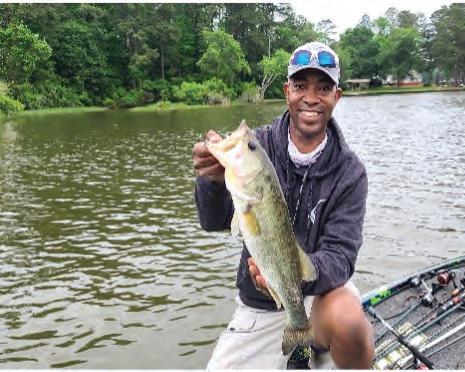
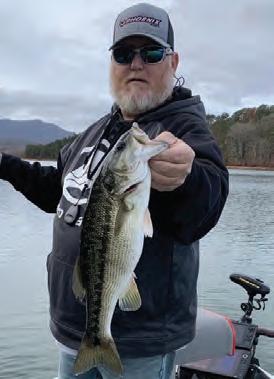
Gamma Touch fluorocarbon line, sometimes 6lb on a jerkbait and 10lb Gamma Edge on a jig. If you can stand to throw it all day, you’re going to get bites on the A-rig. It’s also a great time of year to use the float n fly. This is also the best time of year to study and learn more about your electronics. As anglers, we have the best electronics available to us, what sets you aside from the next angler is how much you know about your electronics and the time you’ve put in to learning your set up.
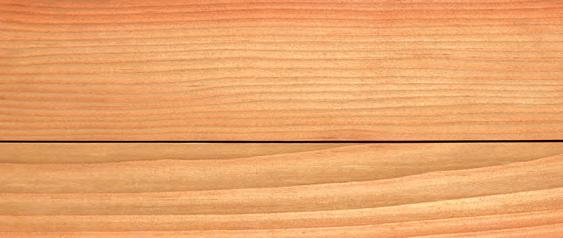
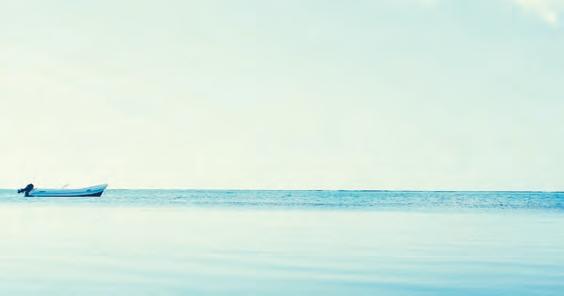



Stacy said, “This is a Big One!” as line was pulling off his reel. Joe grabbed the anchor rope and gave it a heave! A few minutes earlier Stacy had hooked a nice Rainbow and it came unhooked right at the boat. We weren’t gonna lose this one if we could help it.
My good friend and fishing buddy Stacy Fleming and I rolled out headed toward McCaysville a little after 4 AM. We were excited, it had been over a year since we hit the Toccoa River with my friend and guide Joe DiPietro. We swirled downstream after the big trout; Stacy was gaining line on it. He was trying not to horse it in for fear of losing it! Joe rowed us through the rocks and rapids following the fish until Stacy wore it out and brought it boat side where Joe netted it. It was a nice Rainbow! We were all smiling, it’s always fun to chase down a good fish on the river and bring it to the net. We caught sev-
eral nice trout that day. This is an experience I have had the pleasure of participating in many times, with several friends, over the years. I have a trip booked to take my friend Matt to experience it the week after next, and I can’t wait!
If you want to have a blast catching trout, then the Toccoa river flowing out of Lake Blue Ridge is a good place to go. Joe does twoman guided drift trips from Curtis Switch Park to the Horseshoe Bend Park, and sometimes longer if you want. Joe’s drift boat is like a water bug, it has two toons and a chassis that sits atop of them. He sits in the middle seat where he rows and maneuvers you through the rocks and rapids and all the while you can fish!
If you want to fish the Toccoa river on your own, there are many people who do this every year, and wading is the favored way. If you are going to do this, please read all the warning signs. They are posted

at spots along the river, and they tell you how long after the generation times the river will rise at what distance from the Blue Ridge Dam. A quick rule of thumb about the rising river, if you are wading, mark a rock that is 1-2” out of the water. When that rock gets covered up, the river has begun to rise where you are fishing, and you should start working toward the bank. Also, if you start to smell fresh water, it smells like rain, then the river is about to start rising fast. If you start to see debris coming off the bottom and the river is clouding up, the water will be rising soon. These are your warning signs to get out of the river. If you find yourself trapped out in the river, forget about your gear, no gear is worth your life, let it go and float yourself feet down current like you are sitting in a chair and work your way to an eddy or bank and get out. Do not try to swim against the current, you will tire out fast or hit a rock that could injure you. The best thing to do is always wear a PFD, but you still may get caught in the river, so pay attention to the rising current.
Next week Stacy and I are headed back to Santee, where we were last month with our friend Ricky Hix. It was Ricky’s first trip to Santee with us, and we fished for two days with
my friend and guide Dewayne Profitt. The last fish of day two was Ricky finding a 39-pound Blue Catfish! Not long before that, Stacy pulled in a nice 29-pound Flathead! All of us caught several good fish, 16 of them over 12 pounds, and had a great time. Fishing with friends, new and old, always makes the time on the water so much more enjoyable.
You can get more information on fishing with Joe DiPetro by calling him at 706-851-4001 or email him at FanninTrout@gmail.com. His Facebook link is Facebook.com/ TroutFishingNorthGeorgia and tell him Gary sent ya. You can get more information on fishing with Capt. Dewayne Profitt by calling him at 740-404-3900 or 803-478-6479. His website is TakinitEasyGuideService.com.


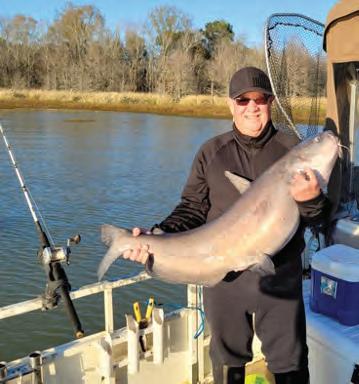


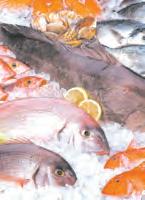
Get with some of your friends and take a fishing trip. Whether with a guide or just on your own, GO FISHING! I’m not sure what next month’s article will be on but remember, if you have an empty seat on your boat that needs filling, shoot me an email and maybe it will be about fishing with you! You can reach me at gary@purgeright.com. Please remember, if you are not going to eat it, don’t kill it. “Tight Lines and Squeelin’ Reels put a Smile on my Face Every Time.”

By: Capt. Robert Eidson


First Bite Guide Service


770-827-6282 eidson6260@att.net www.firstbiteguideservice.com

Despite the dirty water the fishing is good from the north to the south end of the lake.
The temperature ranges from 44 degrees up north to 52 degrees down south.


The water temp doesn’t seem to be affecting the bite up north, but as




we enter February, look for the bait to move south and we all know the fish will be close behind.
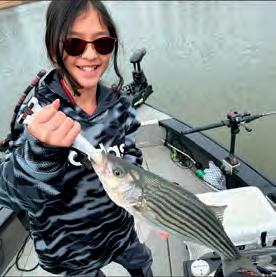
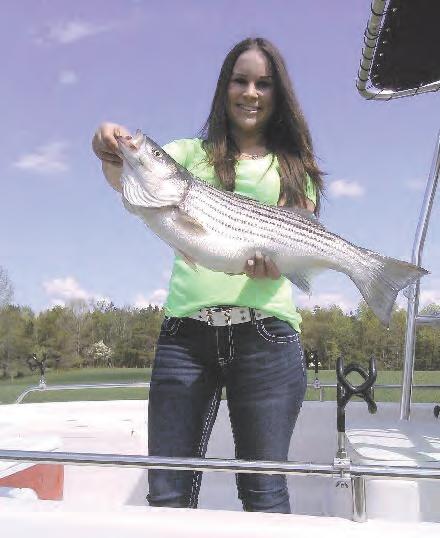





In the early morning, the better bite has been on planner boards and freelines. They seem to be keying in on smaller baits right now. This tells me we are getting close to a shad kill. When this starts, it is hard to beat medium shiners on down lines and weighted free lines. The spoon bite really heats up during the shad kill, as well as, the Mini-me by Mack Farr.











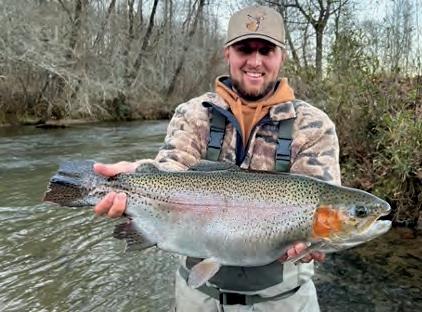


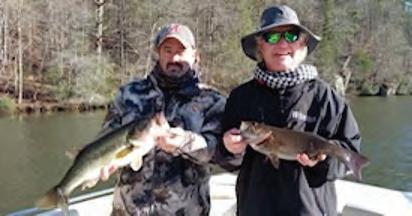
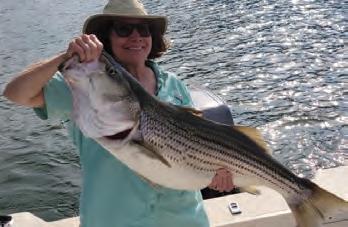
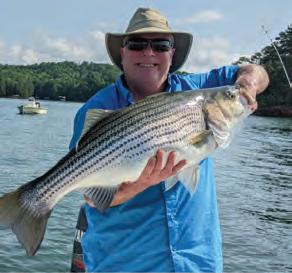
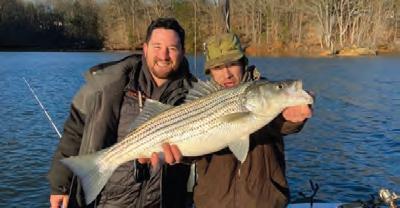
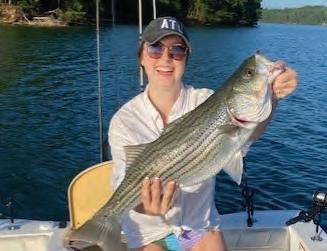

Here’s a memorable beach moment: You’re basking in the warm sun, toes in the sand, letting the gentle turn of the foam-capped waves lull you into a state of complete relaxation. As your eyes scan the endless horizon of blue on blue, you’re rewarded with a school of dolphins making their way across the sea. There’s no denying their signature shape as they leap from the water. If you don’t see anything else extraordinary the rest of the day, you can take solace knowing you’ve witnessed one of nature’s most playful and intelligent creatures in their natural habitat.
Why not re-create that special toes-in-the-sand moment with our Blue Topaz Dolphin Pendant? The beloved sea mammal has been captured mid-jump in sterling silver. And, tucked into its fins is a full two carats of shimmering blue topaz. Nothing captures the shimmering color of the ocean in the midday sun like blue topaz. With its sparkling clear blue color and high refractive index, blue topaz is one of the top-selling blue gemstones. And with our special price, you have quite the catch. Satisfaction guaranteed or your money back. Enjoy the Blue Topaz Dolphin Pendant for 30 days. If it doesn’t pass the test swimmingly, send it back for a full refund of the item price.
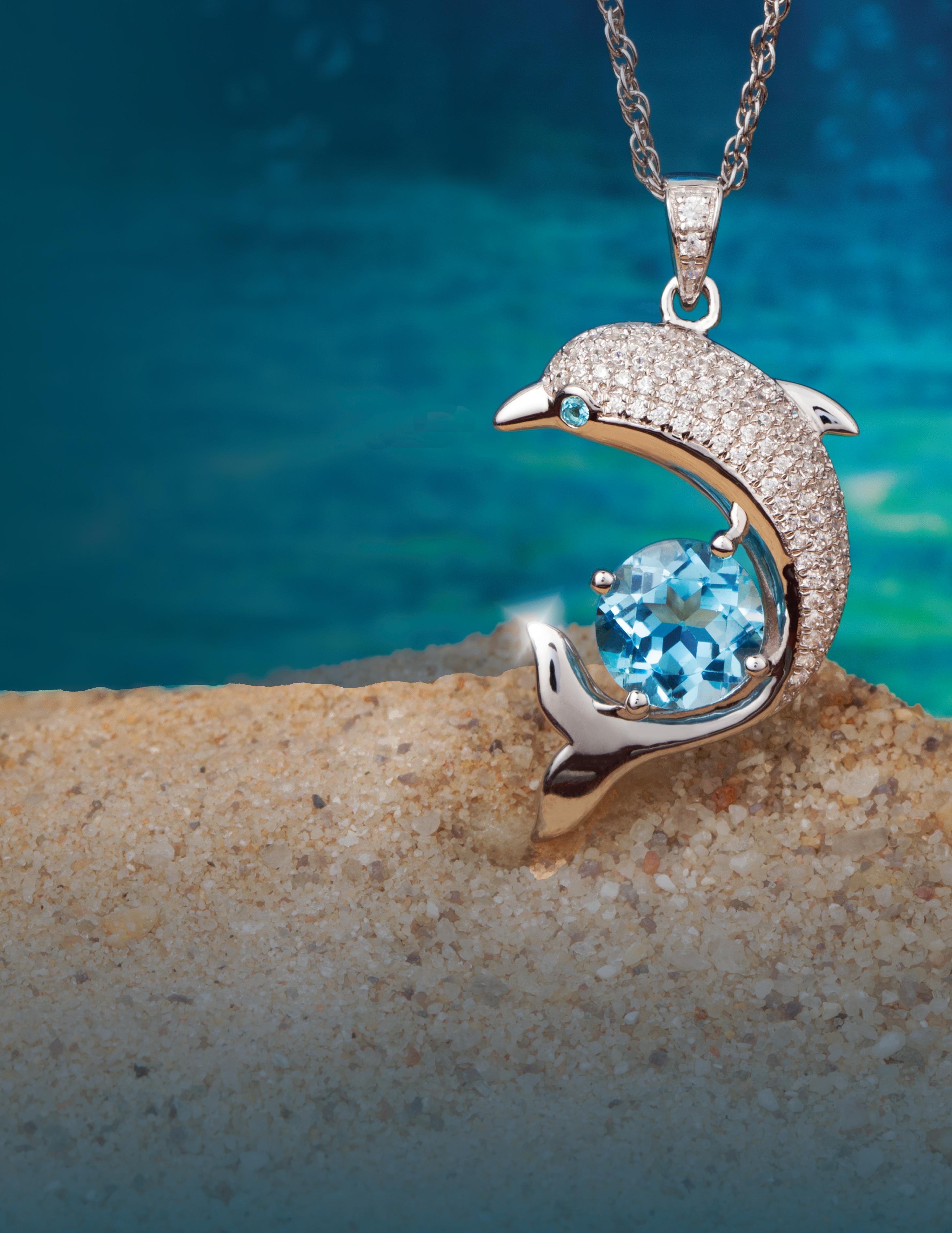
Limited Reserves. A full two carats of genuine blue topaz set in sterling silver for this price is as rare as a dolphin sighting. We cannot guarantee availability for long. Call today!


Stauer… Afford the Extraordinary ®



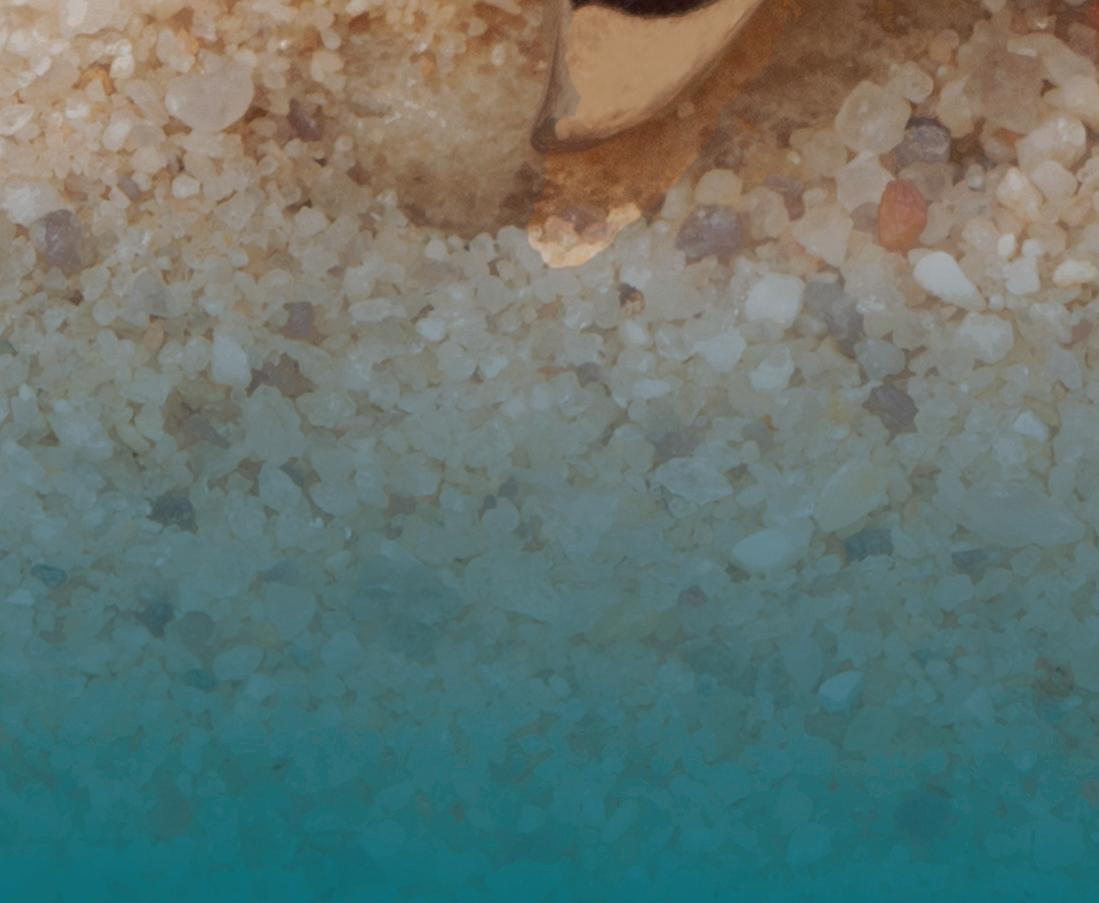
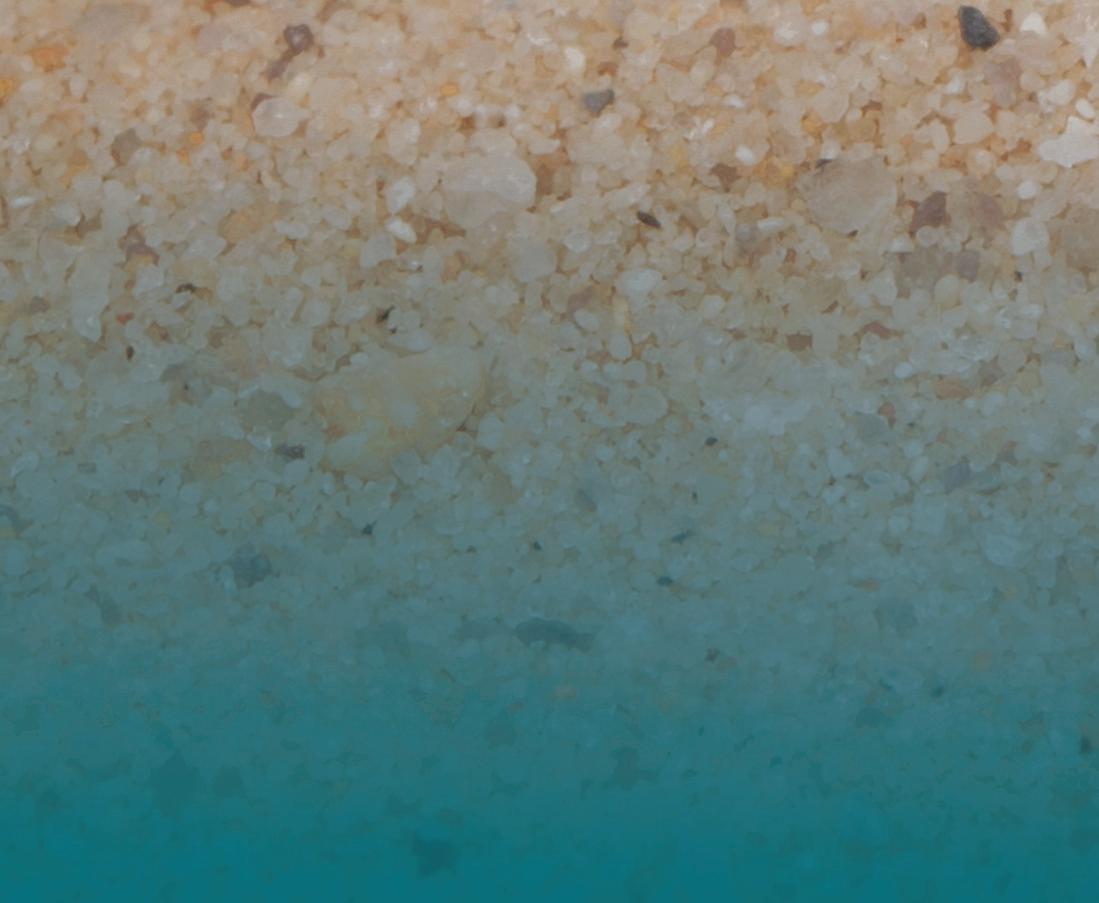

The 2023 Academy Sports + Outdoors Bassmaster Classic—widely known as the “Super Bowl of Bass Fishing”—will be held March 24-26 in downtown Knoxville, Tennessee and on the University of Tennessee Campus.
e Bassmaster Classic is one of the world’s most prestigious championship tournaments and pits 55 of the world’s best bass anglers against one another for the title of Bassmaster Classic Champion. e Classic is a catch-and-release event, with bass being returned to the shery under the supervision of the TWRA.


Daily takeo s will be from Volunteer Landing on the Tennessee River in downtown Knoxville each competition day, and weigh-ins will take place in the ompson-Boling Arena on the University of Tennessee campus. e fan favorite Bassmaster Classic Outdoors Expo will be held Friday through Sunday, March 24-26 in the Knoxville Convention Center and the adjacent World’s Fair Exhibition Hall.
All activities and venues are free and open to the public.
For more information, visit Bassmaster.com.





C-Hawk Boats has made a name for itself among boaters who want no-nonsense, custom-purpose vessels that are designed to perform and built to last. Owner Brad Grubbs said their C-Hawk 25 Center Console is an endlessly customizable boat that has gained a lot of fans among charter captains who fsh them hard every day. “We have 10-plus guides using them on the west coast of Florida,” he said. “In Georgia and South Carolina, they’re using it as a small passenger ferry. In Chesapeake Bay, it’s a crab boat.”


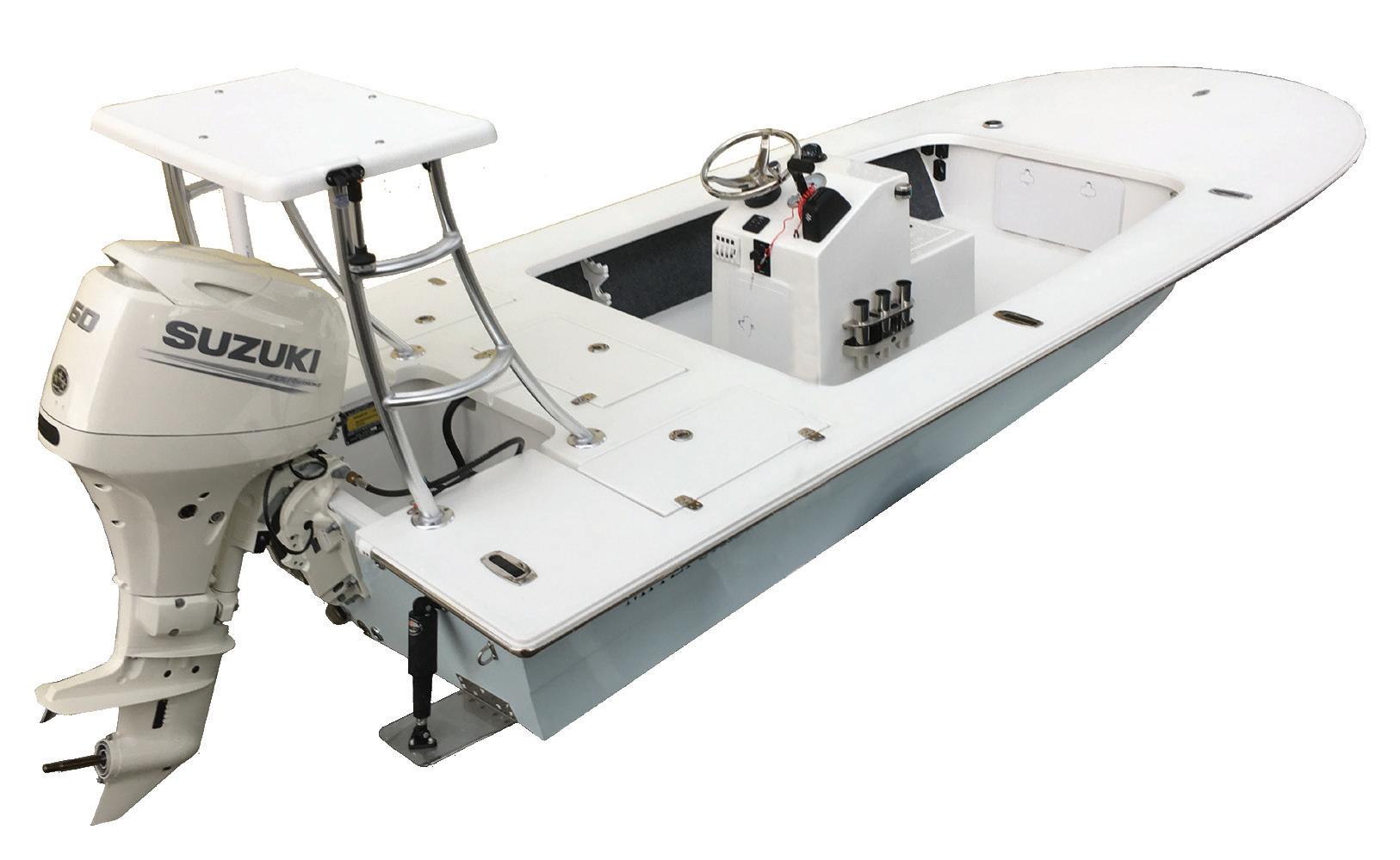


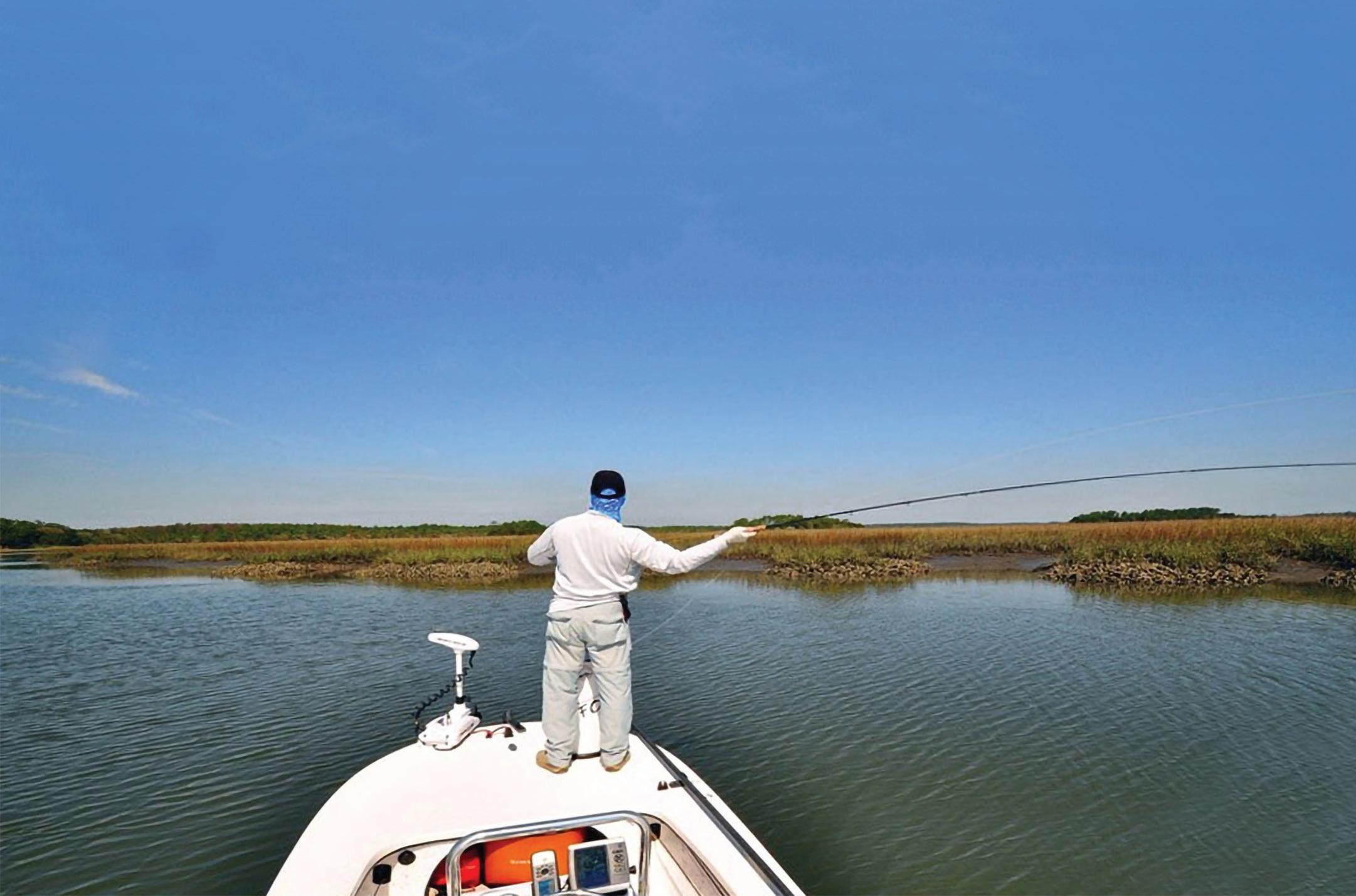
At its core, the C-Hawk 25cc is a hard-core workhorse with a 300 horsepower maximum that will take you anywhere you need to go. Its 9’6” beam allows it to foat in very skinny water with just a 12” draft, and it is also extremely stable, which should appeal for bottomfshing, diving and any other pursuit where a stable platform is preferred. Whatever you plan to do with it, all C-Hawk boats are built battleship tough to commercial-application standards. They are designed to withstand hard use for years of trouble-free boating, and you can customize your C-Hawk from the factory in any way that suits your purpose.
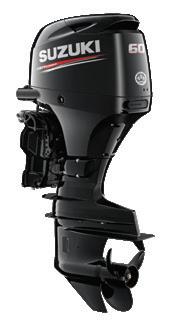
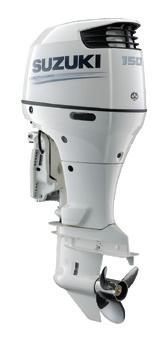

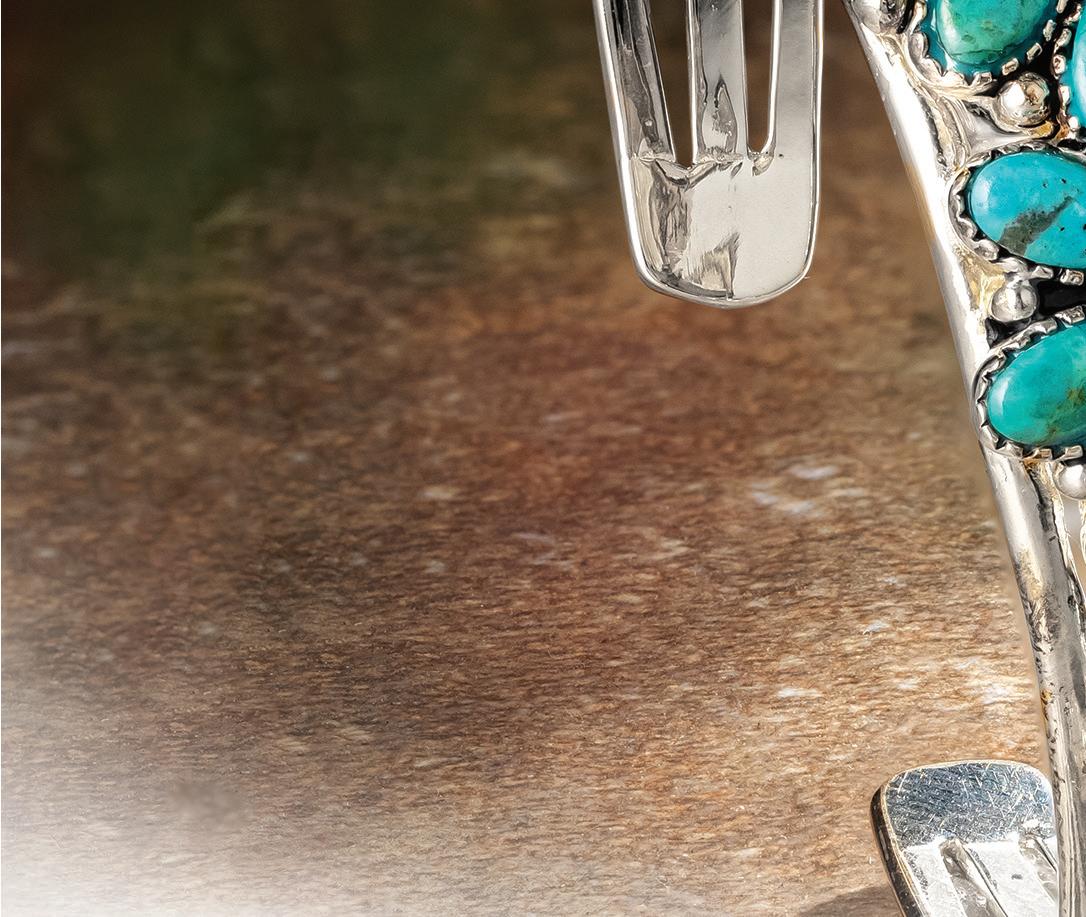
“We can mix and match consoles, fsh boxes, full transoms, cut transoms, bare hulls… you name it,” Grubbs said. “There are some recreational guys adding towers and sight fshing for cobia, and such. Everything we do is built around keep it simple, keep it effcient, keep it easy to maintain, keep it cost effective to own and operate. They are all unique… no cookie cutter trailer queens here. The 25 is a great example of what C-Hawk is.”


Old Pete was a retired stuntman bursting with stories. There was the time he stared down a grizzly bear. There was the time he won a competition and got to kiss a Hollywood starlet as the prize. And there was the time he got into a fistfight with the Duke. Many stories. Some were probably even true. I know two things for sure: that he had an excellent collection of turquoise and that he owed me for a poker game he lost. The last time I saw him, he opened a drawer and pulled out a collection of beautiful Navajo turquoise jewelry to repay his debt. Pete’s jewelry inspired our Tucson Sun Turquoise Collection. This jewelry set features turquoise that’s been gently enhanced to bring out its finest shades in a Southwestern motif. Finished with oxidized silver, this jewelry set captures the beauty and mystery of the Arizona desert. The rarest and most valuable turquoise is found right here in the American Southwest, but the future of the blue beauty is unclear. I recently spoke with turquoise traders who explained that less than 5% of turquoise mined worldwide can be set into jewelry. Once thriving, many Southwest mines have closed.
But Stauer saw this coming and is now one of the largest owners of gem-grade turquoise in the U.S. Don’t miss your chance to own the diamond of the desert. Act now. This is one of our fastest sellers, and we only have a limited supply of Arizona turquoise available for this ad. See why Stauer remains the best bang for your buck!
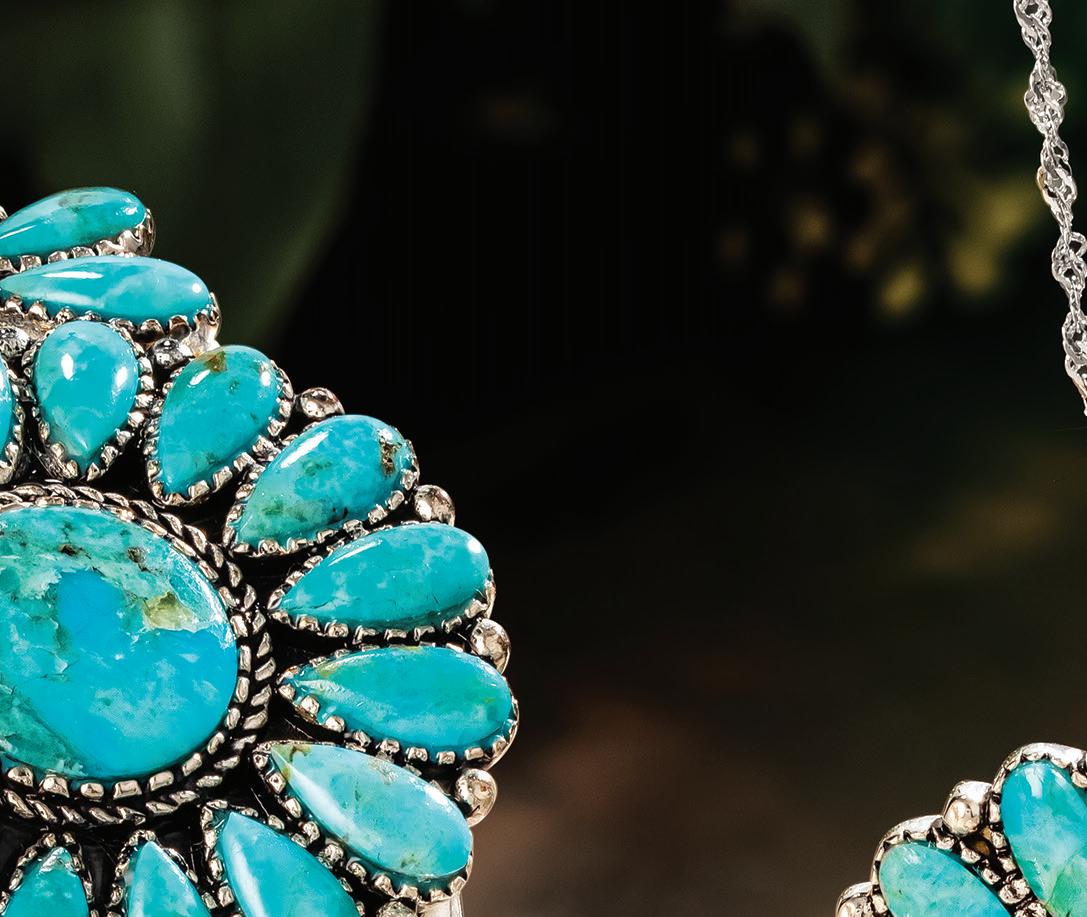
Jewelry Speci cations:
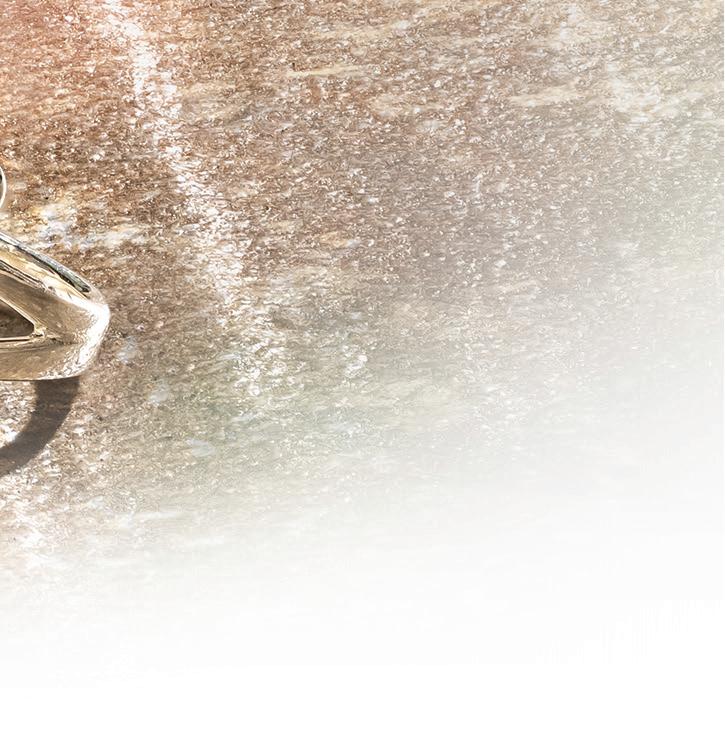

• Arizona turquoise. Oxidized silver finish. Ring: whole sizes 5-10. Pendant: 1 ¾" drop. Cuff: fits wrist to 7 ¼".

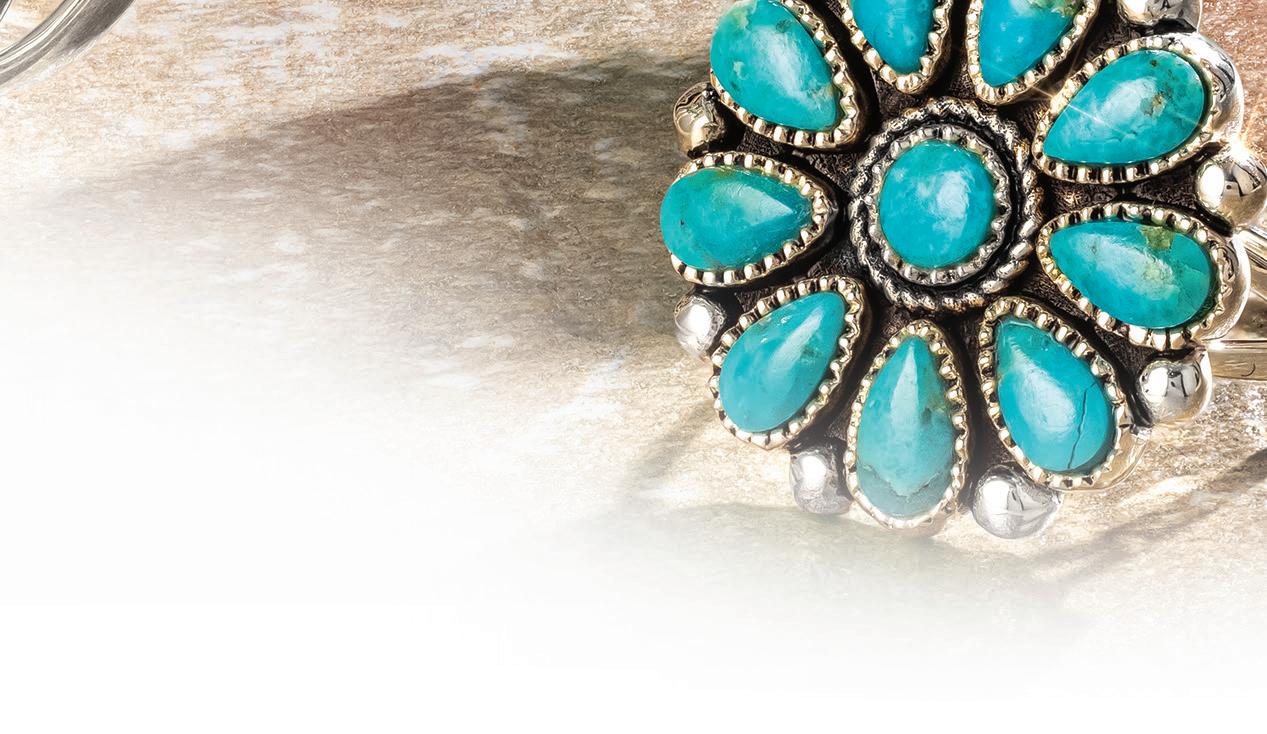



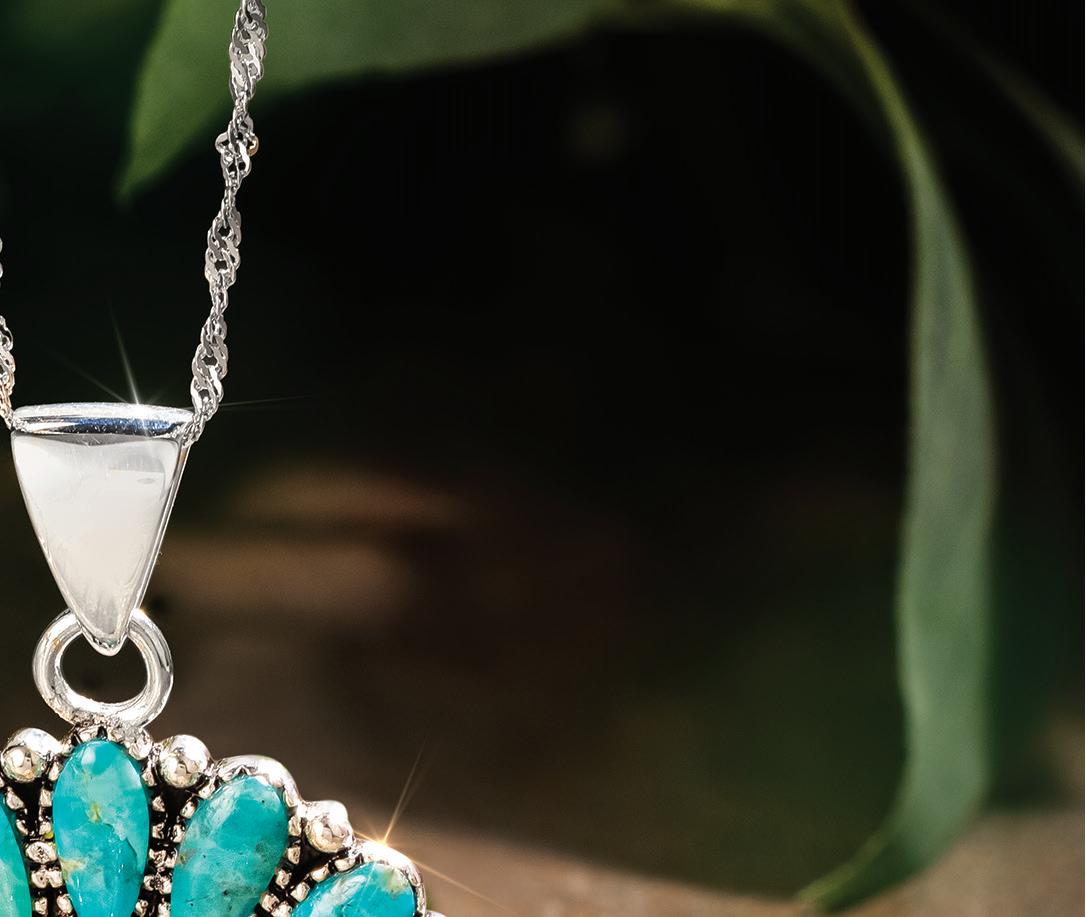
Stauer, 14101 Southcross Drive W., Ste 155, Dept. TSC130-01, Burnsville, MN 55337 www.stauer.com

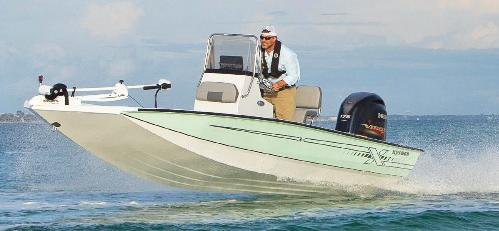
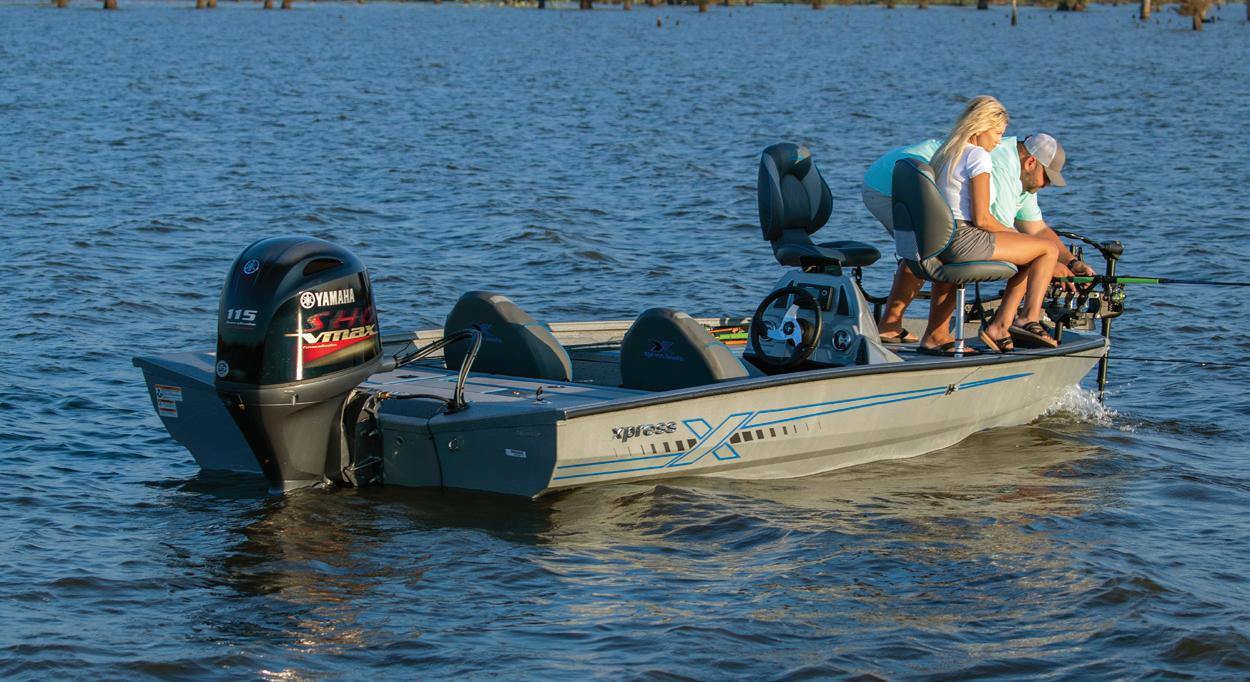




Introduced in the New Product Showcase at ICAST 2022, the all-new MHX HD Rod Rack is the ultimate shing rod storage system with space for up to 20 of your favorite rods.
Constructed from Marine Grade HDPE material, it will never rot, warp or damage your tackle. Assembled with stainless steel hardware, no environment is o limits. Whether used on the dock for a post-trip wash down or just to help organize your garage and tackle room, this rod rack is a solid piece of equipment designed for serious anglers.


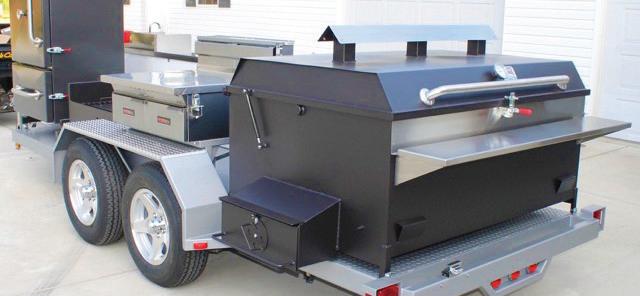
From y and light-tackle rods to heavy o shore rods, each rod’s ghting butt sits in CNC Milled recessed cups to add stability to all handle styles. e MHX HD Rod Rack has the size and the brawn to handle your full arsenal, indoors or outside. It even comes with four supports that lock in heavy duty bent butt o shore rods.

Measuring 26” x 16” x 8”, this heavy-duty, multi-purpose rod rack is easy to assemble and will nd a perfect place on your boat or dock, in the garage, or at the shop.

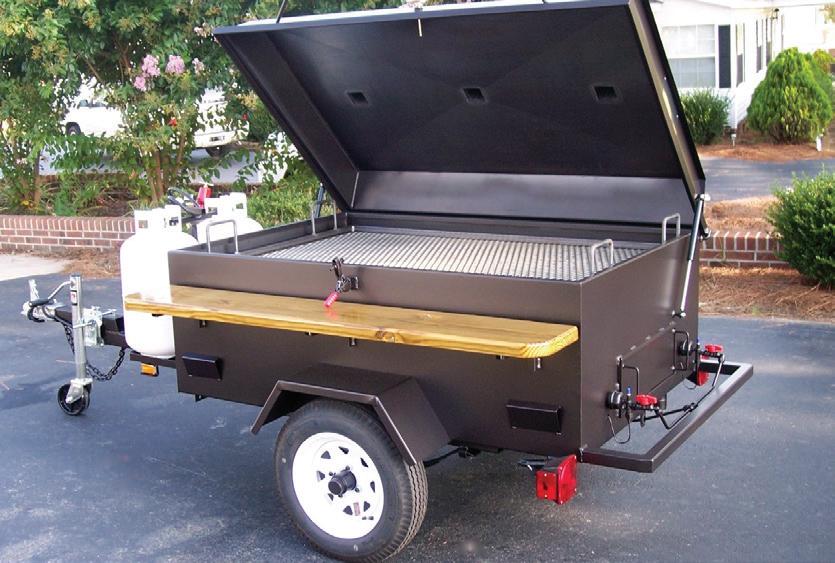
e MHX Rod Rack securely stores your rods, so they are ready at a moment’s notice. With an MSRP of only $229.95, you won’t nd a tougher, more versatile rod rack at such an amazing price. Shop for the MHX HD Rod Rack at mudhole.com today!




Berkeley County is a wonderland for outdoor enthusiasts, sports bu s, adventure seekers, and water lovers.


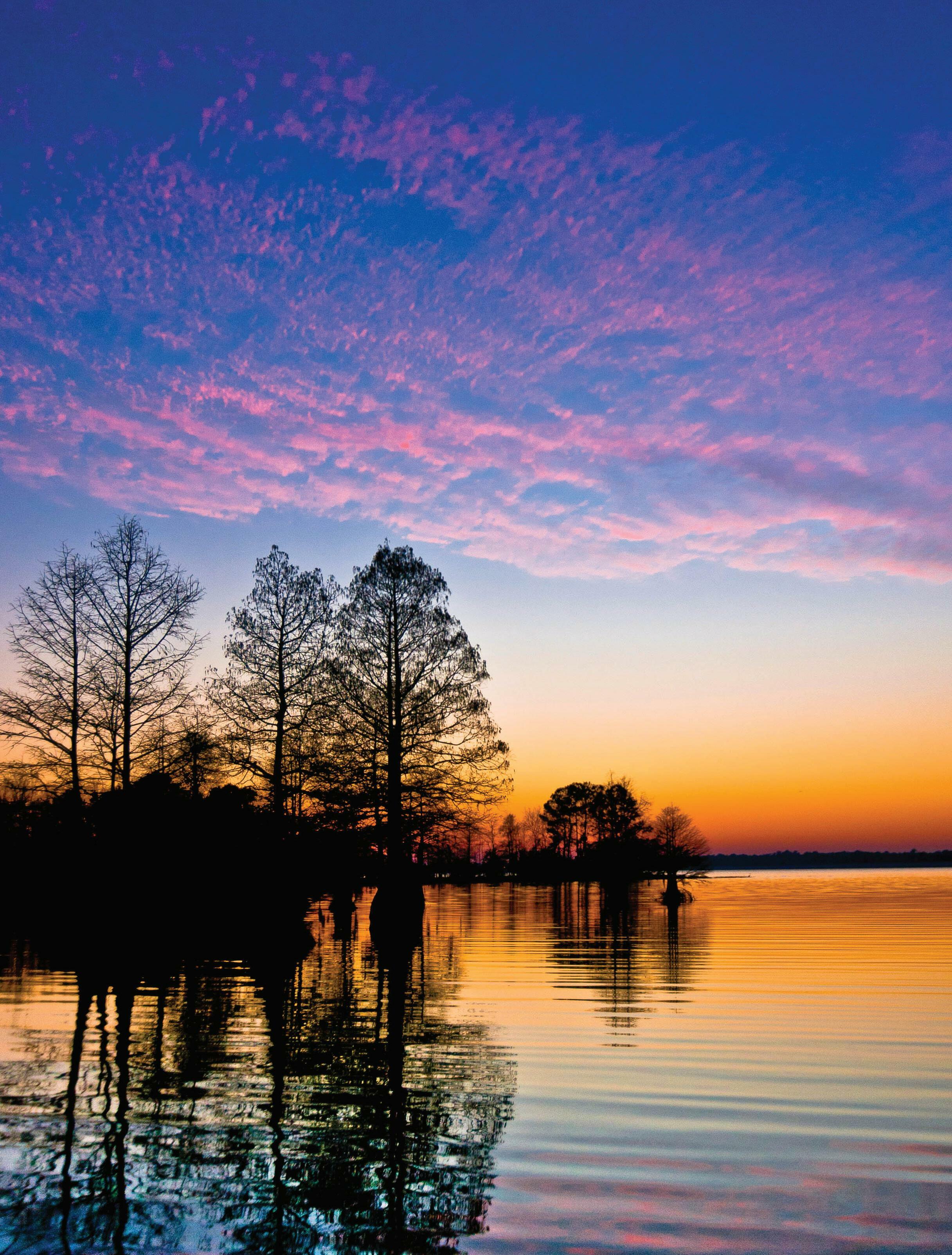
From exemplary fishing for striped bass, or a trophy largemouth bass, to our hiking trails and water activities, along with scenic outdoors where you can catch a glimpse of white tail deer and gators, Berkeley County has activities to fit all visitors and families.

Learn more about Berkeley County at: exploreberkeleycounty.com


